We had really enjoyed our November spent in Corfu and were eager to continue our plan of only pet-sitting in warm destinations for the winter.
For December, we applied to do a month-long house sit in Paphos, Cyprus.
It looked like a great house sit but as we had promised Karyo’s mum, Anastasia, we would spend Christmas 2024 with her, we asked the home hosts if it was okay for her to join us.
They agreed!
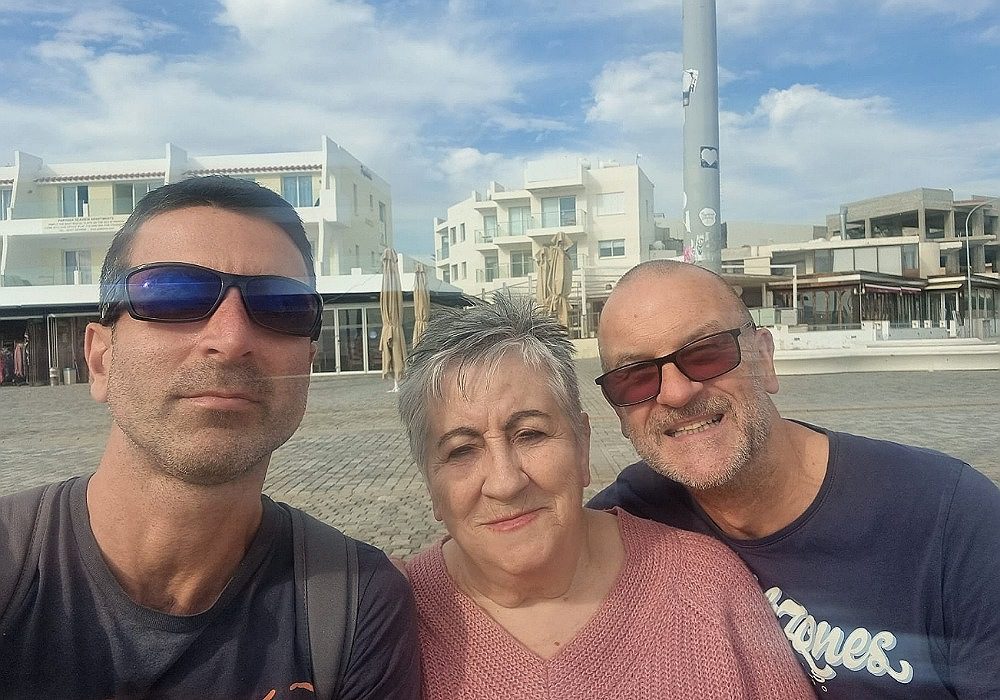
To save Anastasia from travelling alone, our plan was for us to leave Corfu and then go to Karyo’s home town, Serres in Greece.
From there, we would take the bus to Thessaloniki airport and then the three of us would fly to Cyprus together.
Our trip Corfu to Serres, then Serres to Cyprus, all in a couple of days sounded exhausting so we decided to split it.
We took a ferry from Corfu to Igoumenitsa, then instead of going directly to Serres, took a slight detour to spend 24 hours in the city of Ioannina.
Ioannina
Ioannina (ee-owe-an-ee-na) or Yannena (Ya-nee-na) as it is called by the Greeks is located 260 km southwest of Thessaloniki, 410 km northwest of Athens.
It is a popular holiday destination for Greeks but is largely overlooked by foreigners who tend to stick to Greece’s more famous tourist destinations.
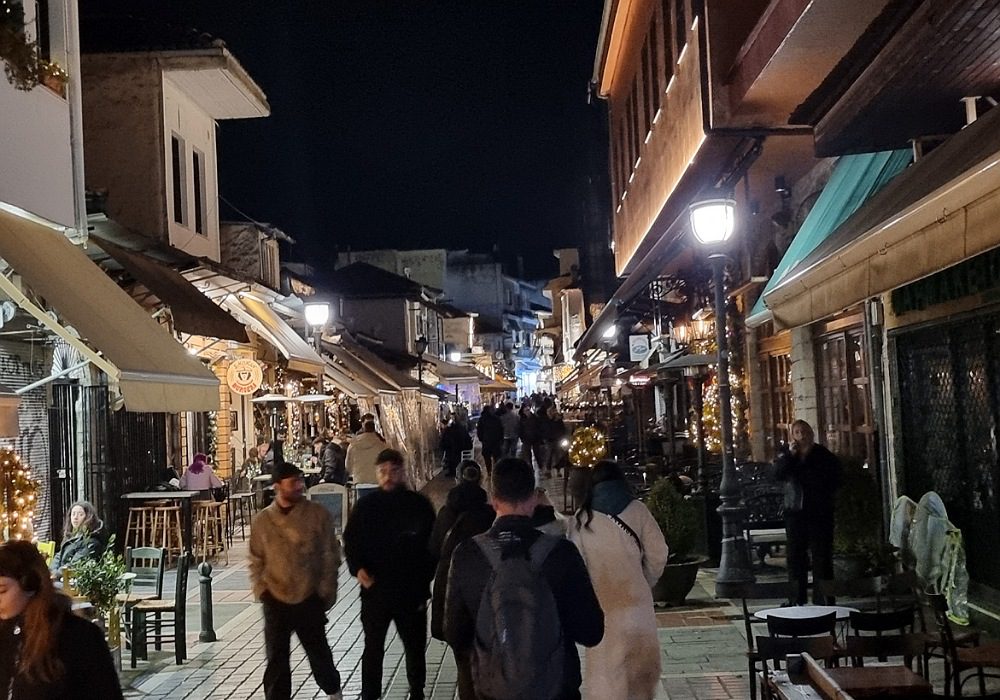
After spending only one day here we can safely say this needs to change!
Ioannina is a hidden gem. We recommend it to anyone wanting to visit somewhere different in Greece.
The city seamlessly combines modern shops, cafes and restaurants, with ancient history, culture and natural beauty.
The centre of the city is walled with an inner castle.
Not a castle as you would imagine, It’s really the old part of the city with a wall around it.
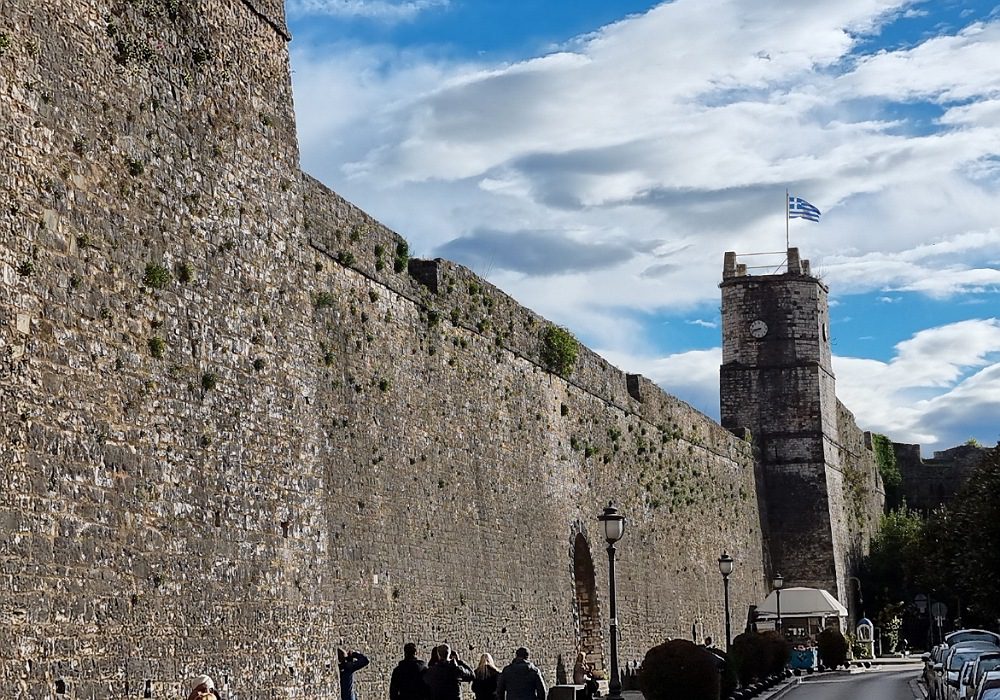
Within the walls are some ruins and ancient buildings, many lawned areas, two museums, a silversmith, a café, and the Fethiye Cami (Victory Mosque), built in 1611 but recently restored.
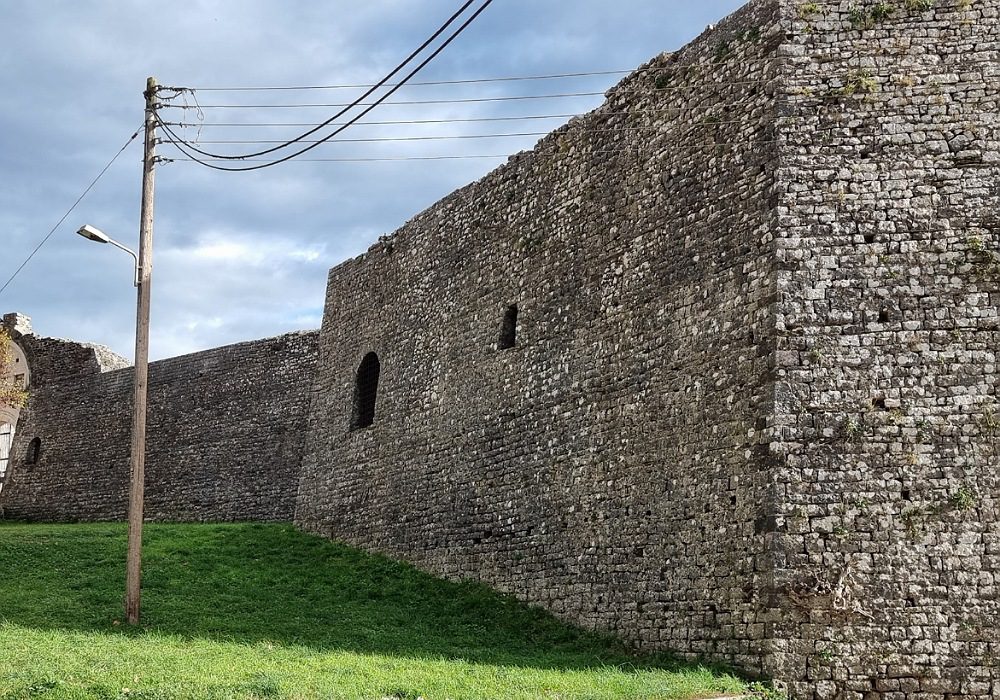
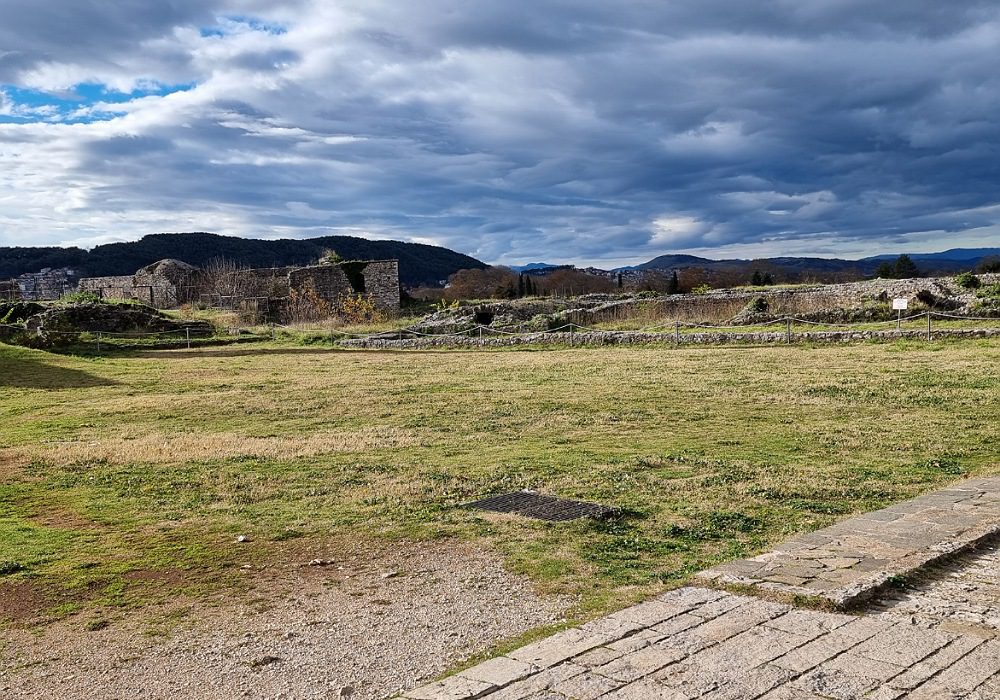
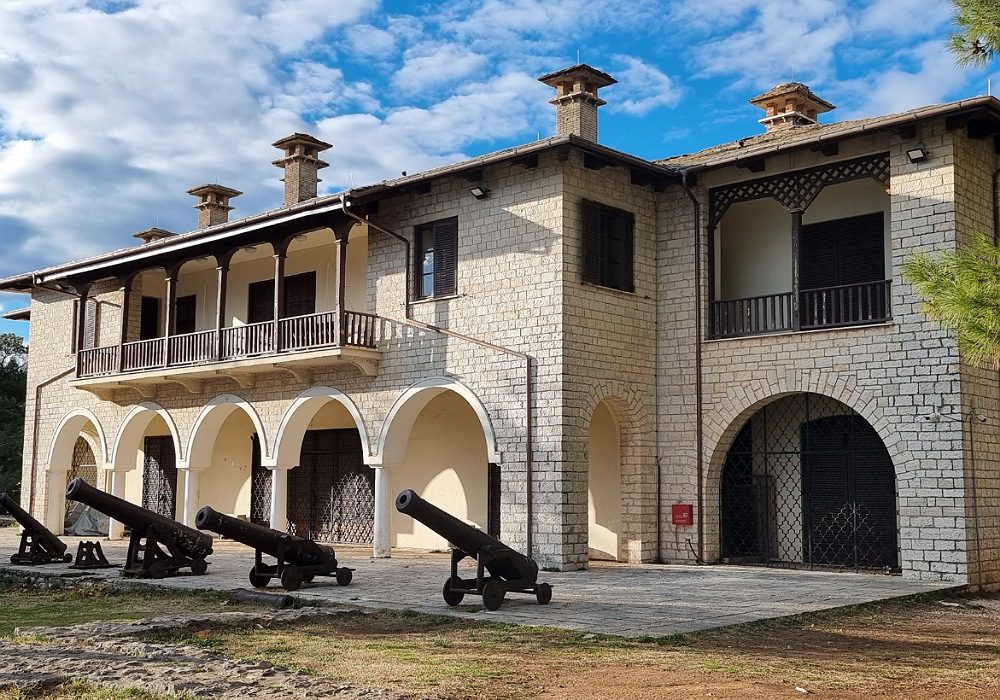
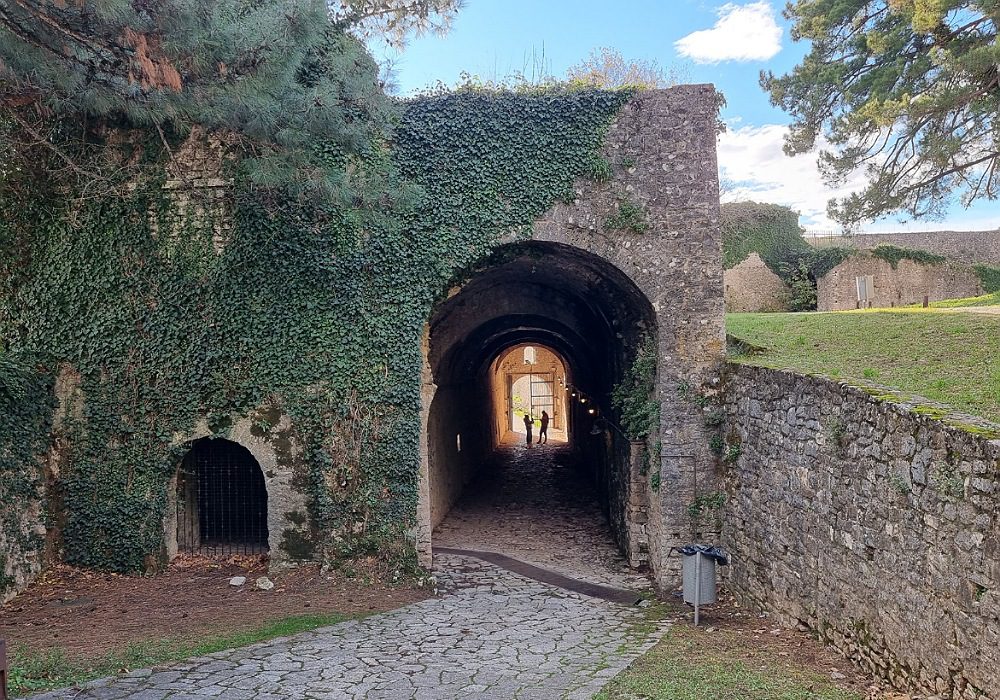
Beyond the walls felt to us more like a city park than an ancient fortress. It was easy to spend a few hours here with so many things to see and do.

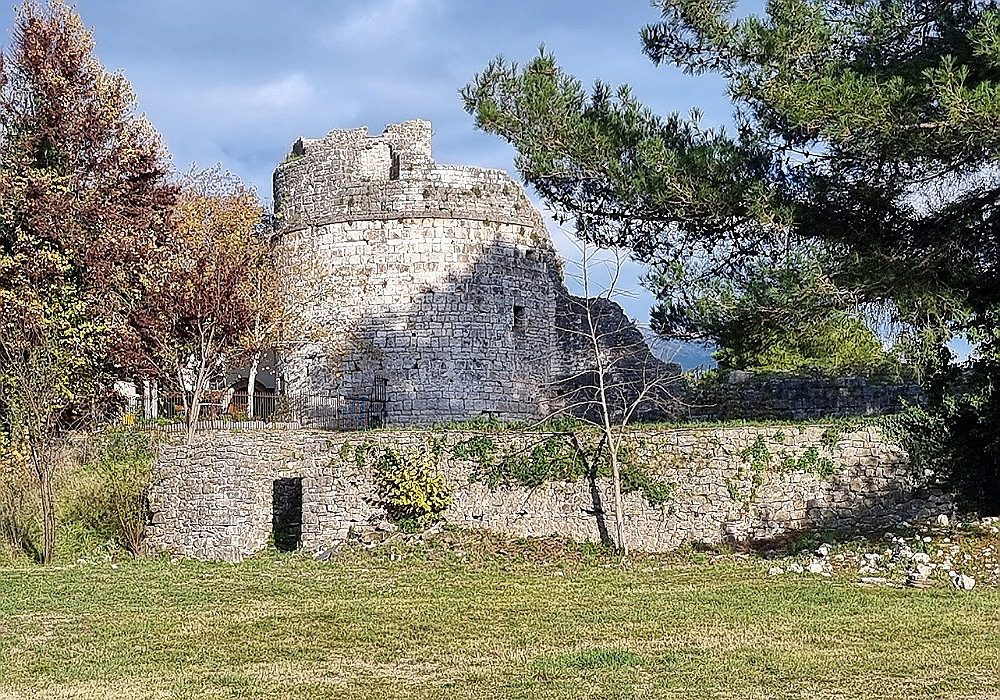
Lake Pamvotida.
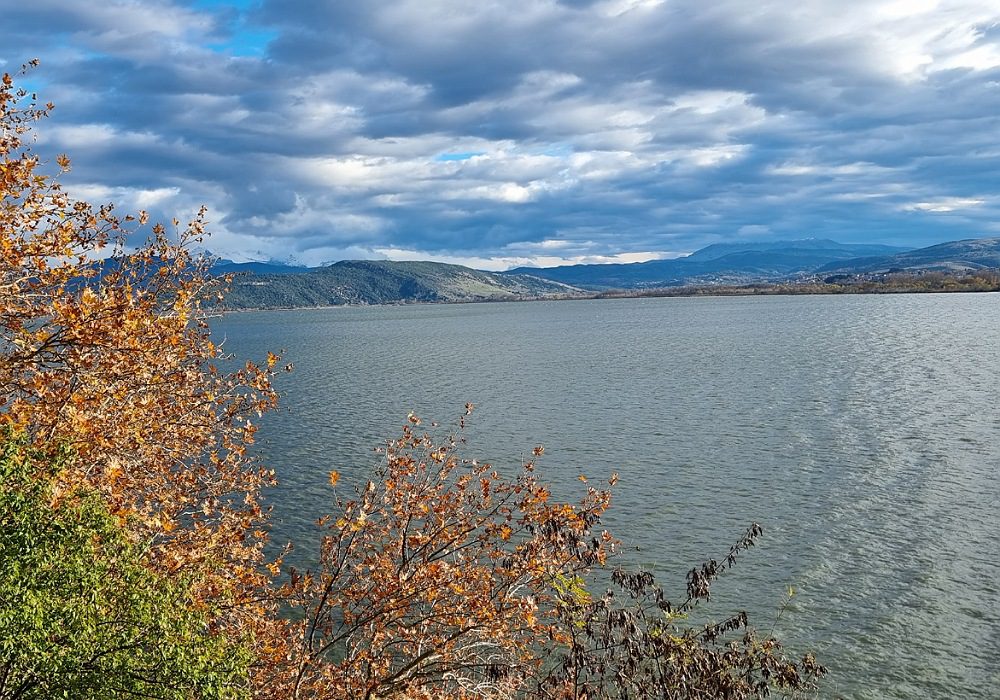
This lake dominates the centre of Ioannina. It is truly beautiful but with a circumference of 40 km, not a lake you can stroll around in a couple of hours!
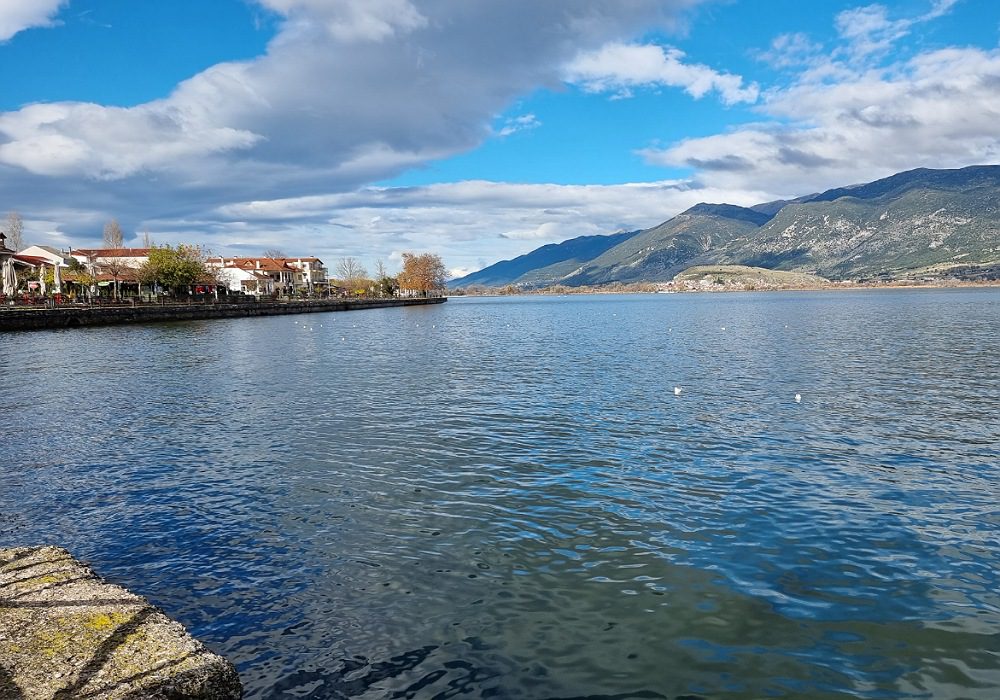
Having said that, there is a promenade-style walkway along much of the lake, often lined by trees giving a shaded, pleasant walk that can be as short, or as long as you want.
Looking across the lake you can see a small island.
This island is nameless and is known locally as ‘the little island’.
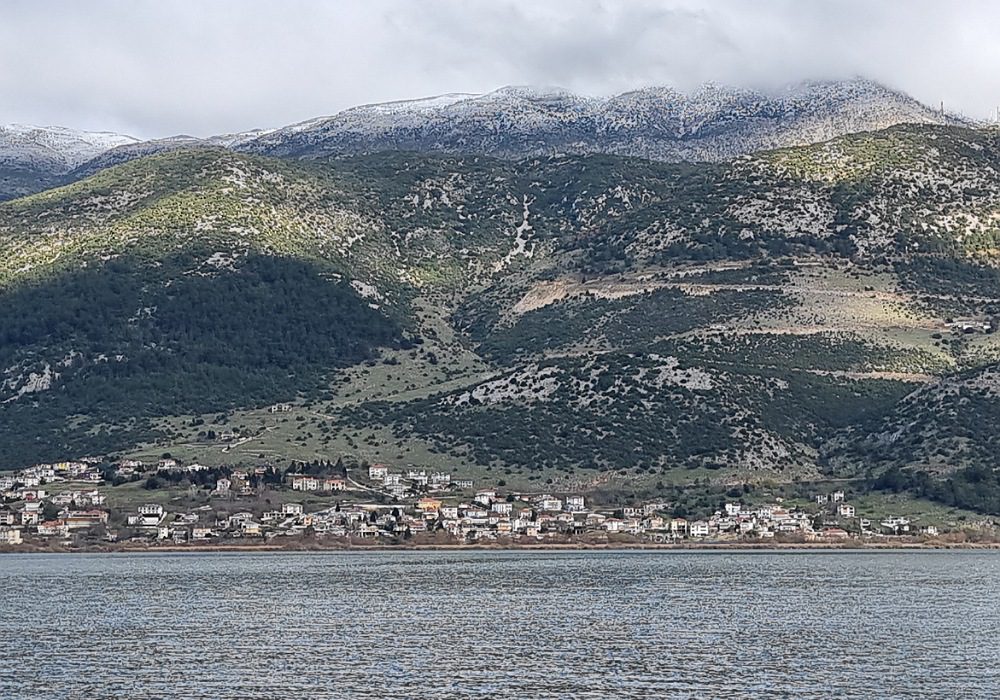
The Little Island
The little island is one of the few inhabited lake islands in the world. It is also one of the few inhabited islands in the world that does not have an official name.
For €3, boats regularly take visitors and residents to and from the little island so, not wanting to miss out, we went to have a look.
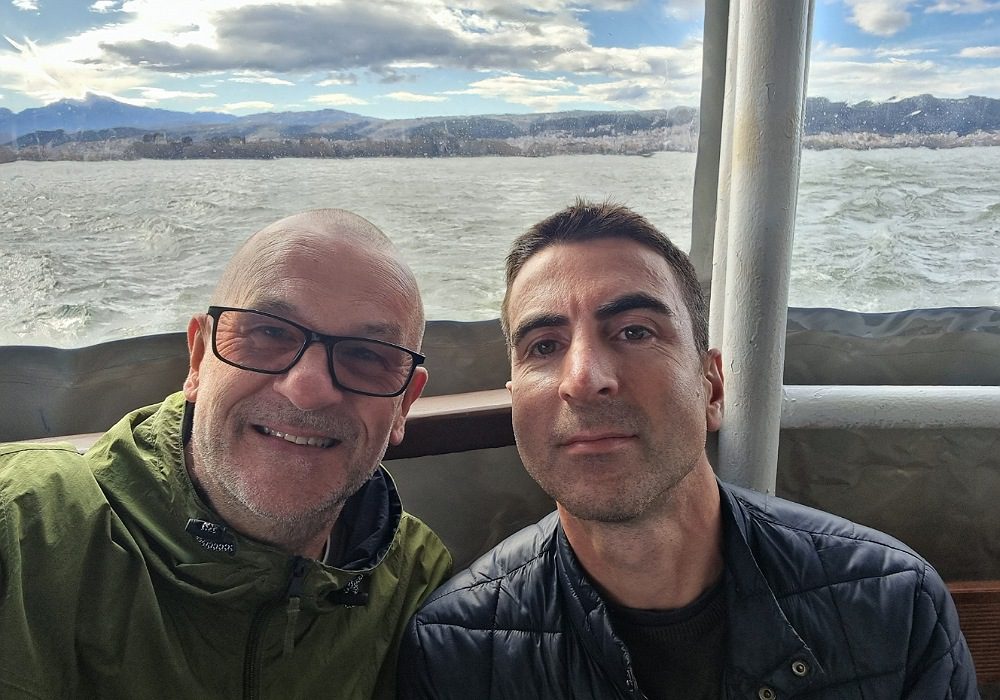
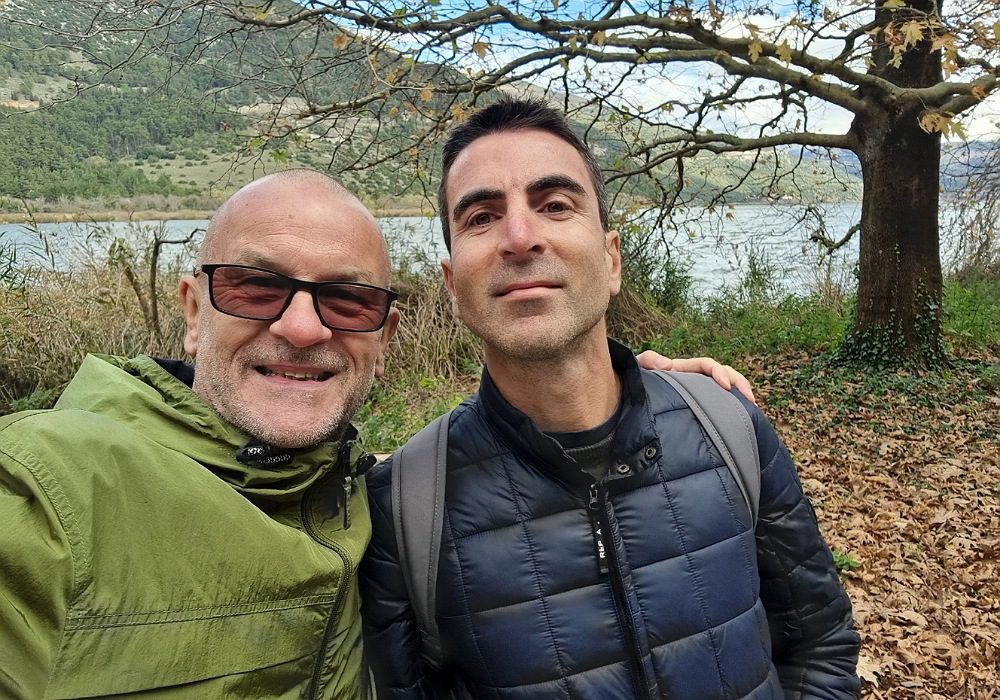
The island is located in the centre of lake Pamvotida, and, although it does not have an official name, locals call it Nisaki (little island).
The first inhabitants of the Little Island were monks and this tiny island has seven monasteries. In its time it was one of the largest communities of monasteries in Greece.
Today, all seven monasteries still exist on the island, and all are are open to the public. However, only one, The Eleousa Monastery, is still inhabited by Monks and Nuns.
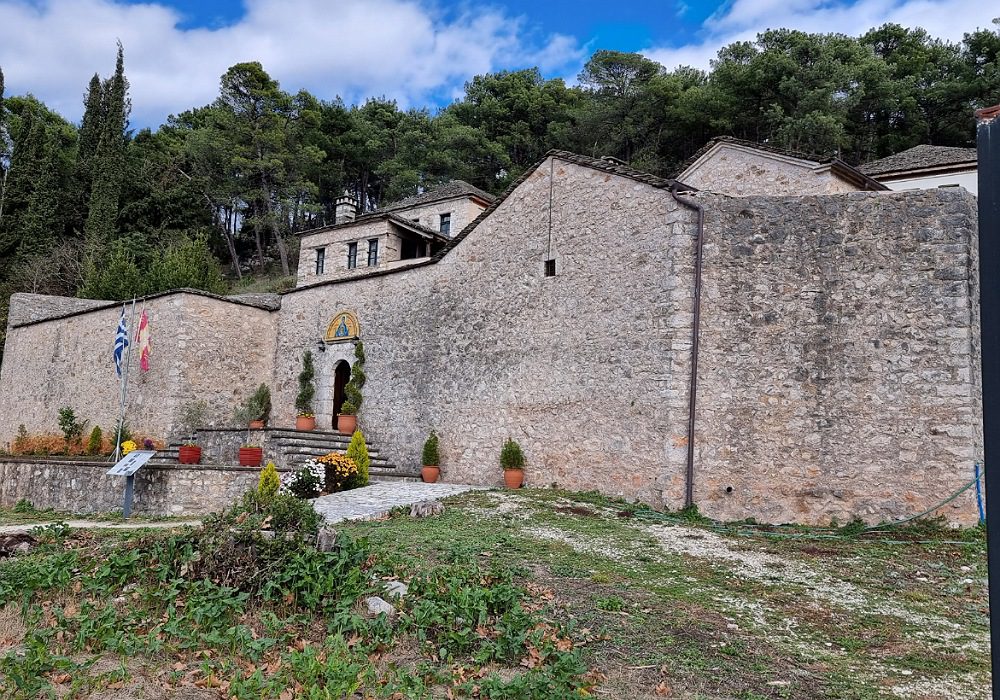
When we got off the boat, we came across a couple of small restaurants, owned by two of the hundred or so families that live on the island.
The restaurants were not what you would call vegetarian-friendly, selling mainly frogs legs, eels, and fish caught in the lake. All live and swimming merrily in tanks in front of the restaurants unaware they were all on the menu!
Next to the restaurants were a few small shops selling souvenirs with the owners often standing outside promoting their products attempting to get the tourists to part with their Euros.
They were having to work extra hard as it was still December and we were two of only a handful of visitors that day but I imagine in the Summer months they do good business.
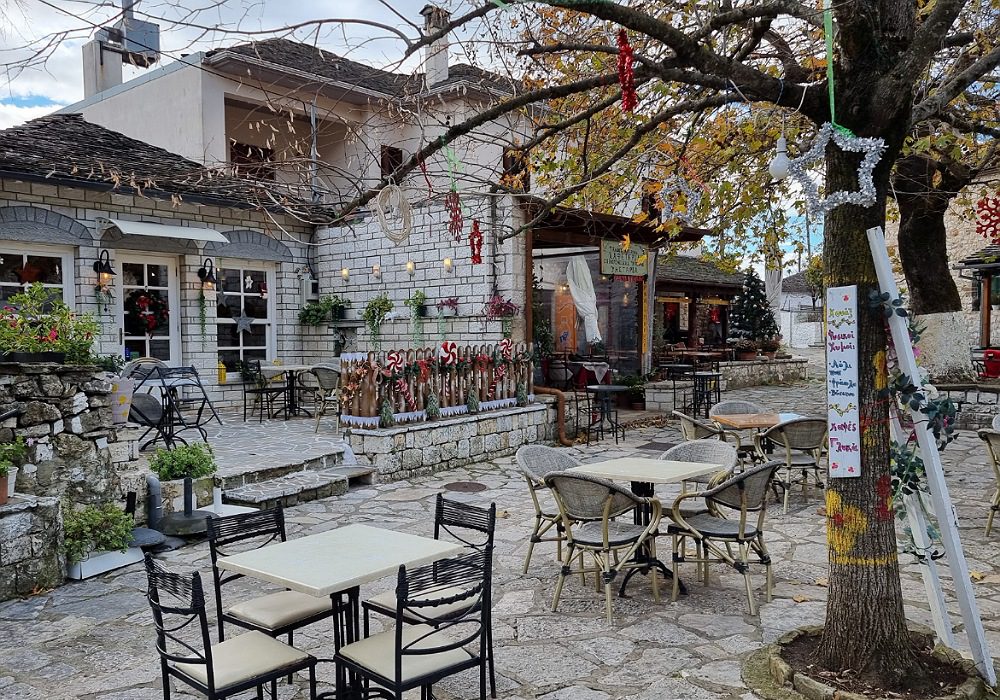
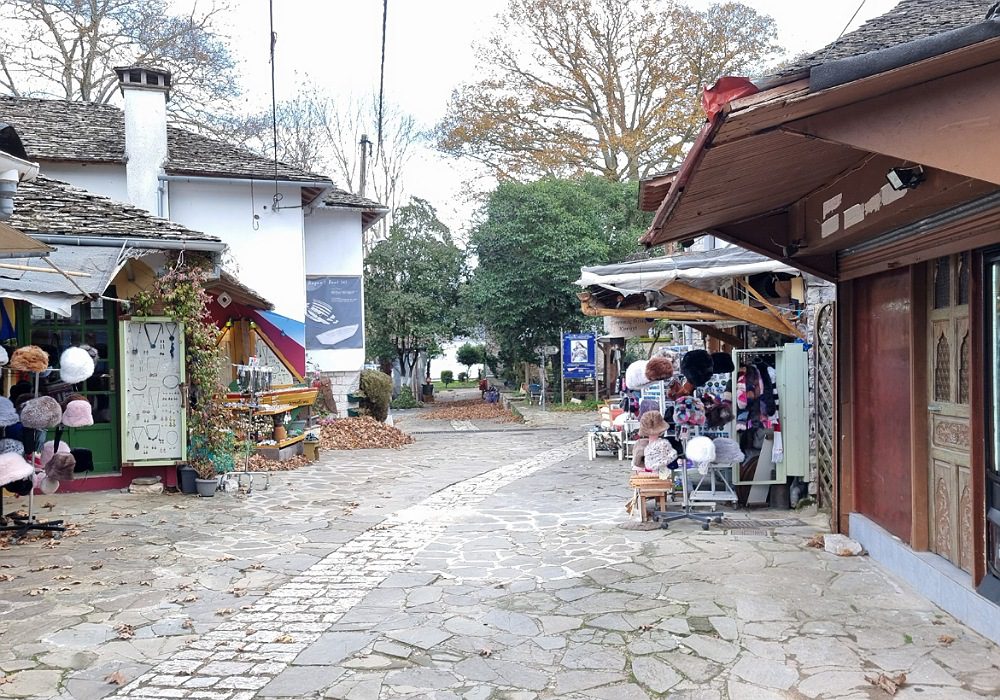
After checking out the shops, we wandered through the streets of the little island then did a walk through the trees, doing a complete circuit around the edge of the island (it is called the little island for good reason!)
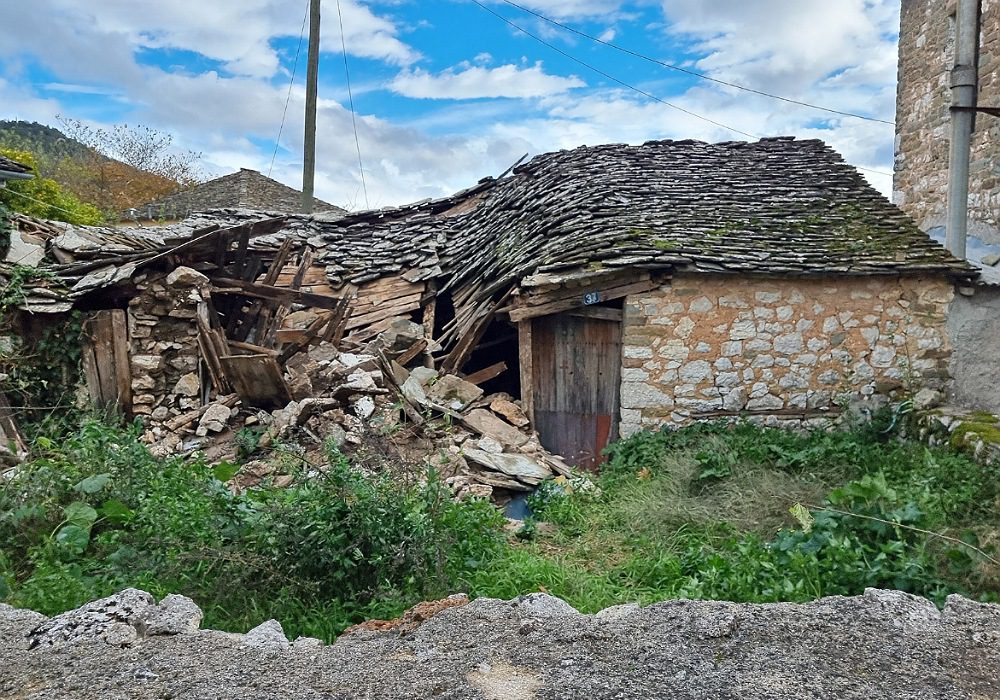
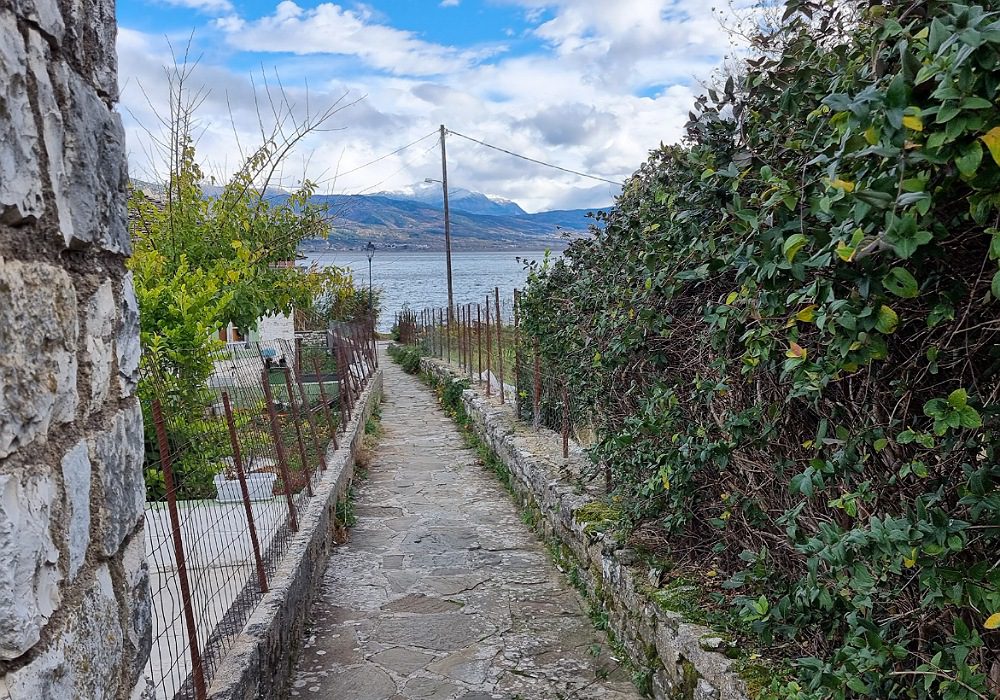
Finally, having ended up where we started, we caught the boat for our return trip to Ioannina.
We enjoyed the visit, it’s a definite must-do activity for anyone visiting Ioannina.
One night in Serres
Our time in Ioannina was short, but we crammed a lot in so were exhausted as we headed to the bus station for our next destination, Serres.
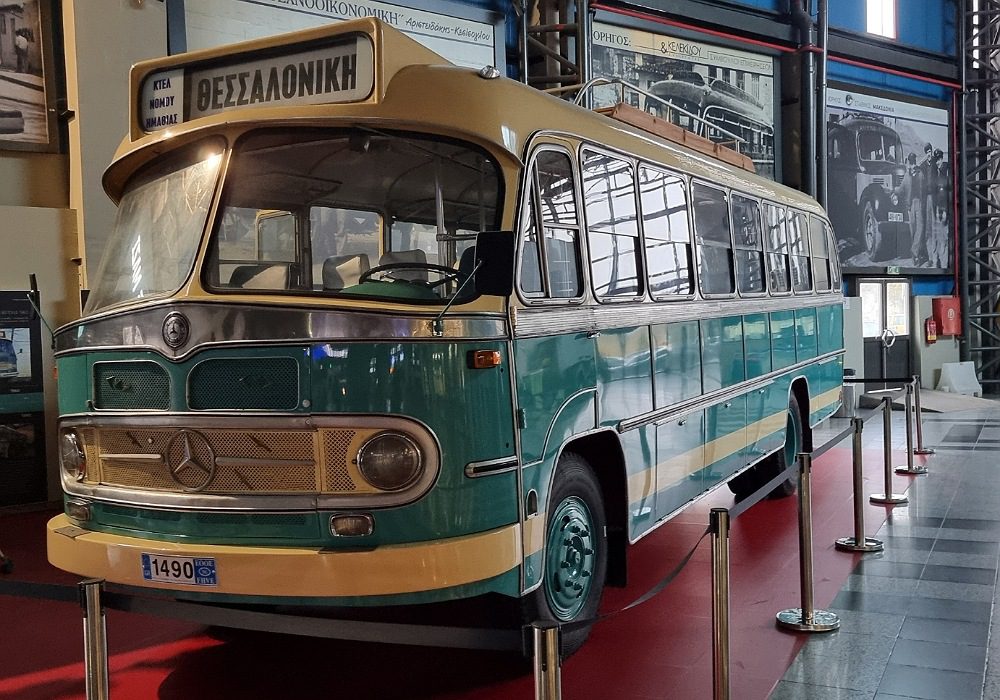
After Ionanina, our next stop was Serres, a large city in northern Greece approximately 80 km northeast of Thessaloniki.
Serres isn’t particularly touristic as it is far from the sea, but, as it is the city where Karyo grew up and where his mum and brother still live, we visit quite regularly.
It was a flying visit. We arrived late, went to bed, woke, spent a few hours with Karyo’s brother’s family and we were off again.
On this occasion, we were there for a specific reason. To collect Karyo’s mum so she could travel to Cyprus with us.
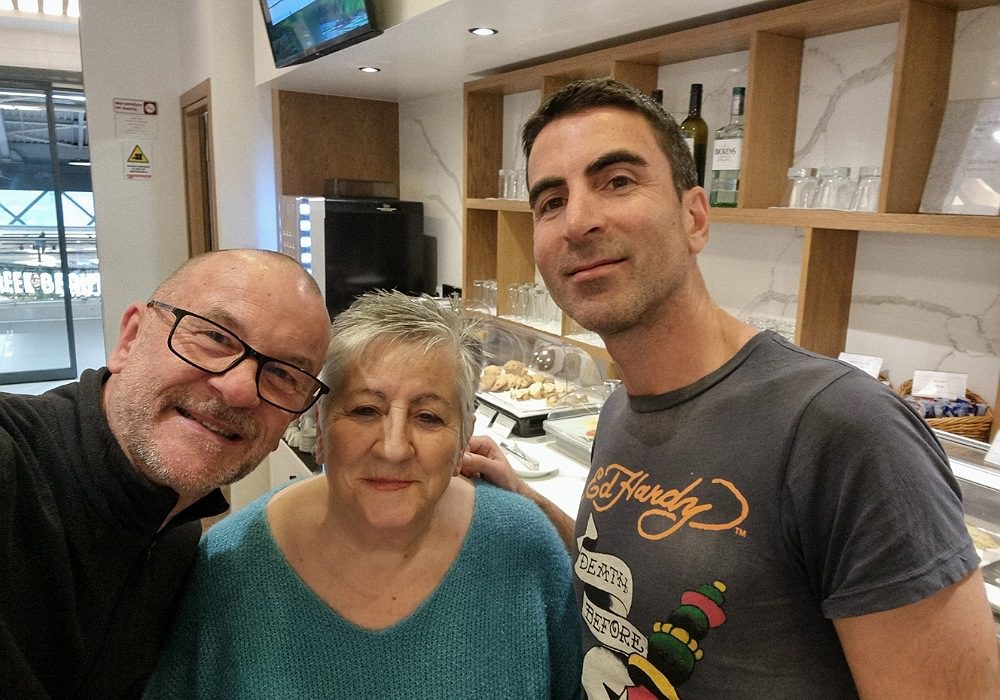
A one-hour bus ride to Thessaloniki airport, then a two-hour flight to Pathos and before we knew where we were, we were knocking on the door of what was to be our December house sit in the village of Statos in Cyprus.
Cyprus
Cyprus is a quick two-hour flight from Thessaloniki and has a great climate due to its location in the farthest southern point of the Mediterranean.
With a history dating back over 10,000 years, Cyprus has a lot to offer. From ancient ruins and cultural heritage, to some of the best beaches in Europe.
From the legendary birthplace of Aphrodite to its amazing Cypriot cuisine, with a fusion of Greek, Turkish, and Middle Eastern food to enjoy.
It is a divided country, and has been since 1974 when the Turks invaded.
The Southern, Greek side of Cyprus is recognized by all countries except Türkiye. The Northern, Turkish side of Cyprus is recognized by nobody except for Türkiye.
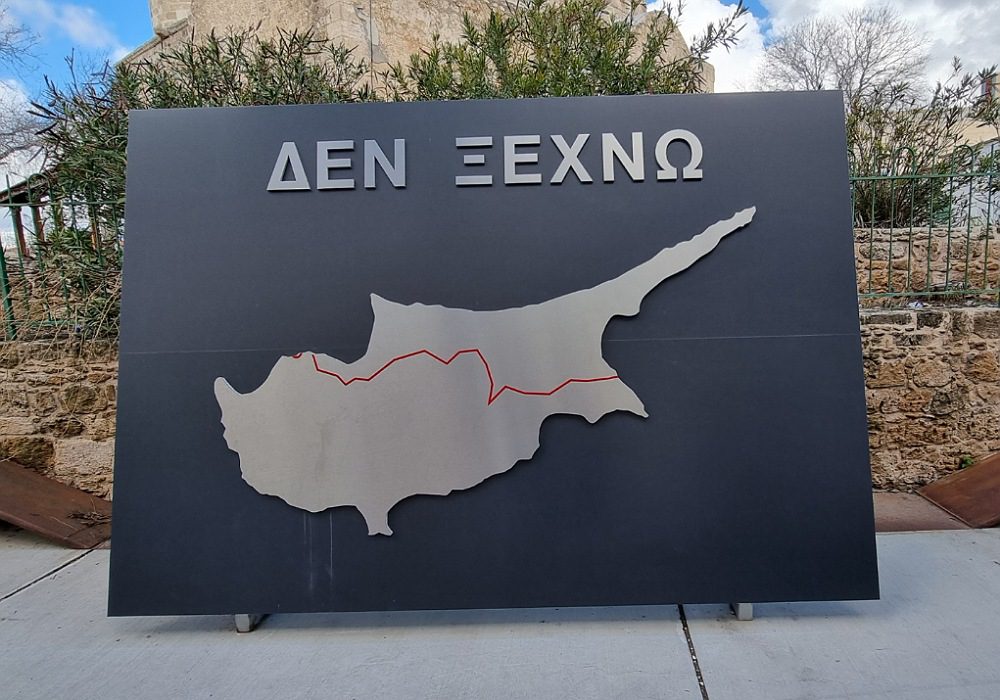
Although it is now possible to visit Northern Cyprus, Southern Cyprus is by far the more popular tourist destination, and is where Paphos, our home for December, is located.
Statos-Agios Fotios
The mountain village of Statos-Agios Fotios was once two separate villages, Agios Fotios and Statos. The villages were two kilometres apart.
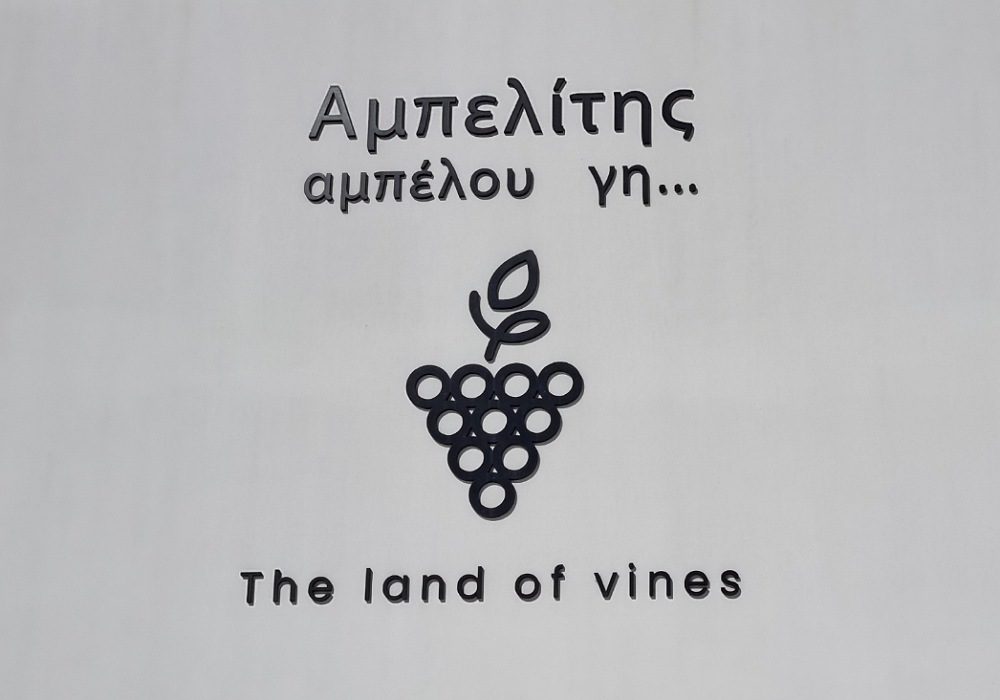
Due to heavy rainfall, the area experienced catastrophic landslides during 1966-1969, and many properties were destroyed.
The residents of what survived of the two villages decided to join together as one new village.
In 1973, a short distance from the location of the original villages, Statos-Agios Fotios was born.
In the old abandoned villages, several dilapidated houses are still used by shepherds who graze their flocks in the area.
Statos-Agios Fotios has an altitude of 950 meters and is primarily a farming community. The village is famous for its fruit growing, Much of which is used to create the 27 different varieties of wine produced in this region.
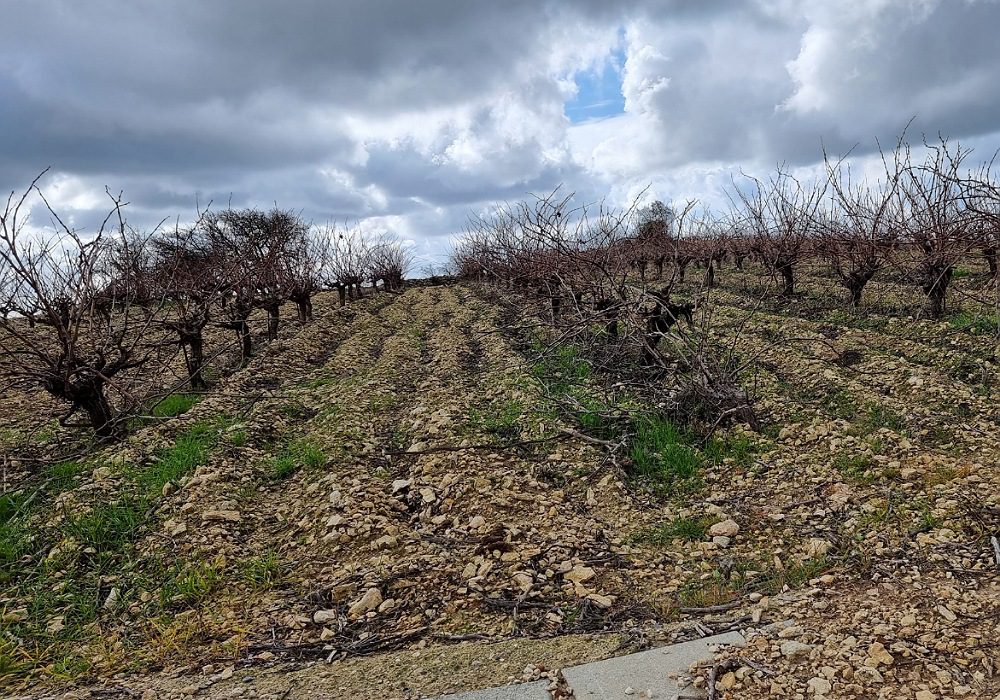
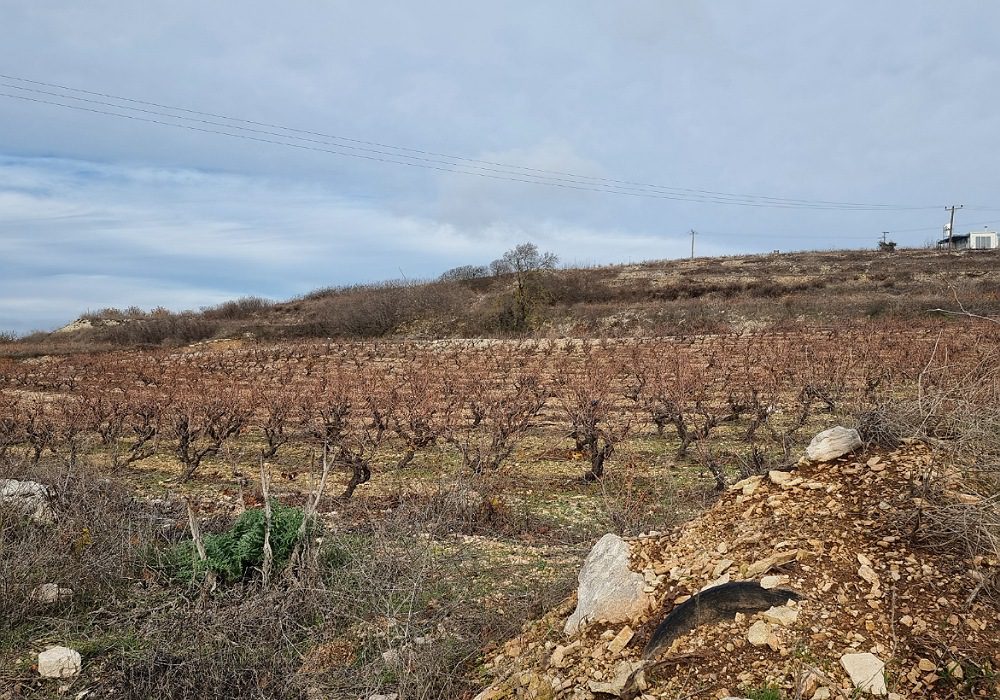
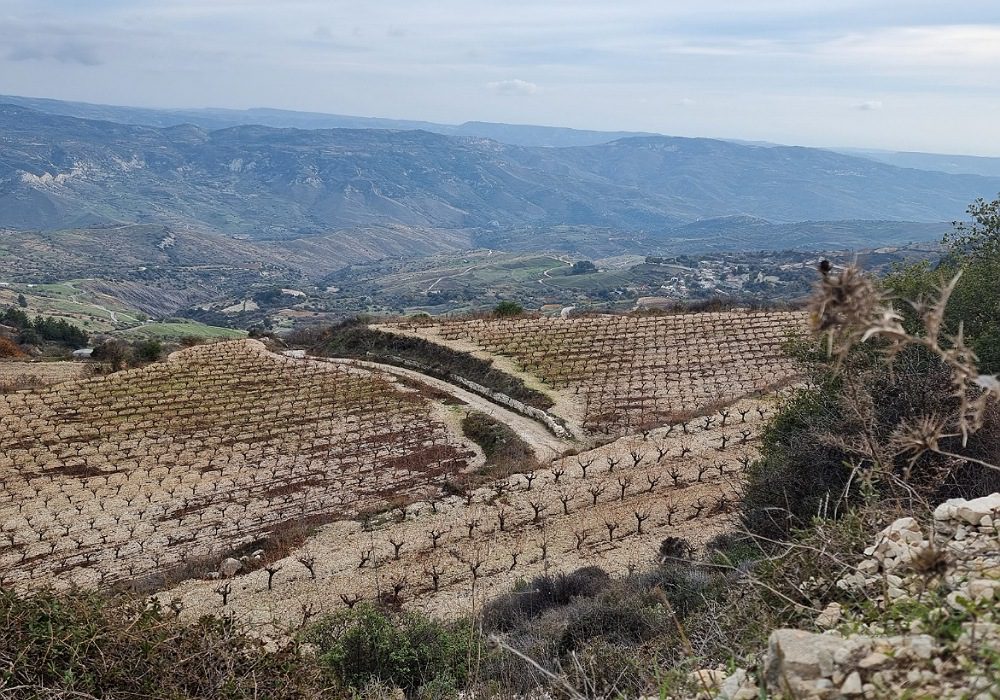
The Home
Our home for the month was a large, beautiful villa located on the highest point looking down on the village below.
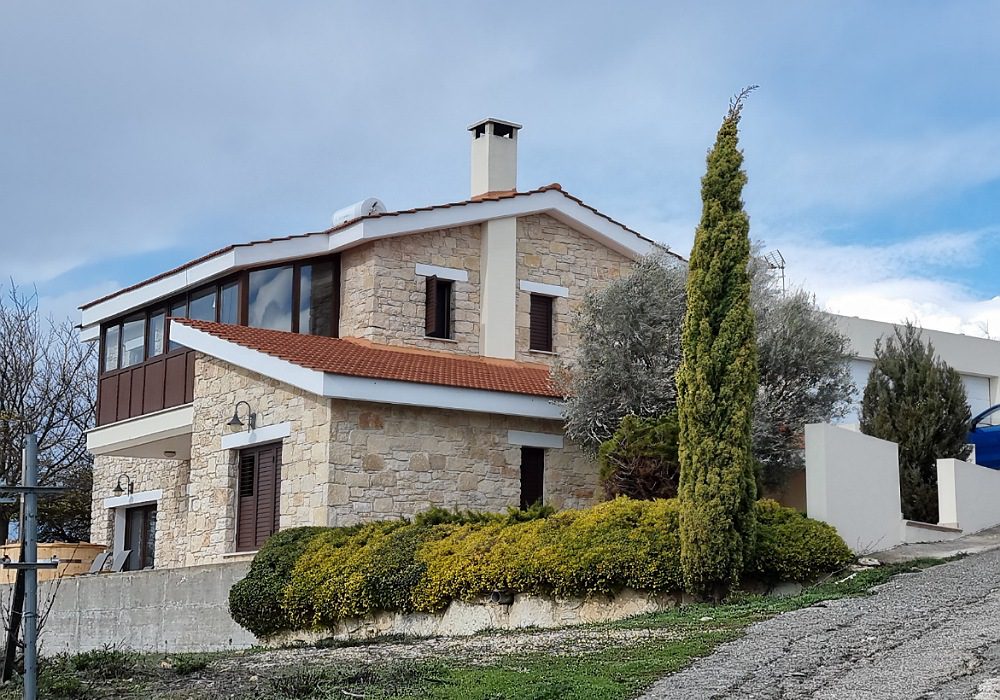
Surrounding the villa were fruit trees belonging to the owners, and beyond them, fields full of grape vines belonging to the local farmers.
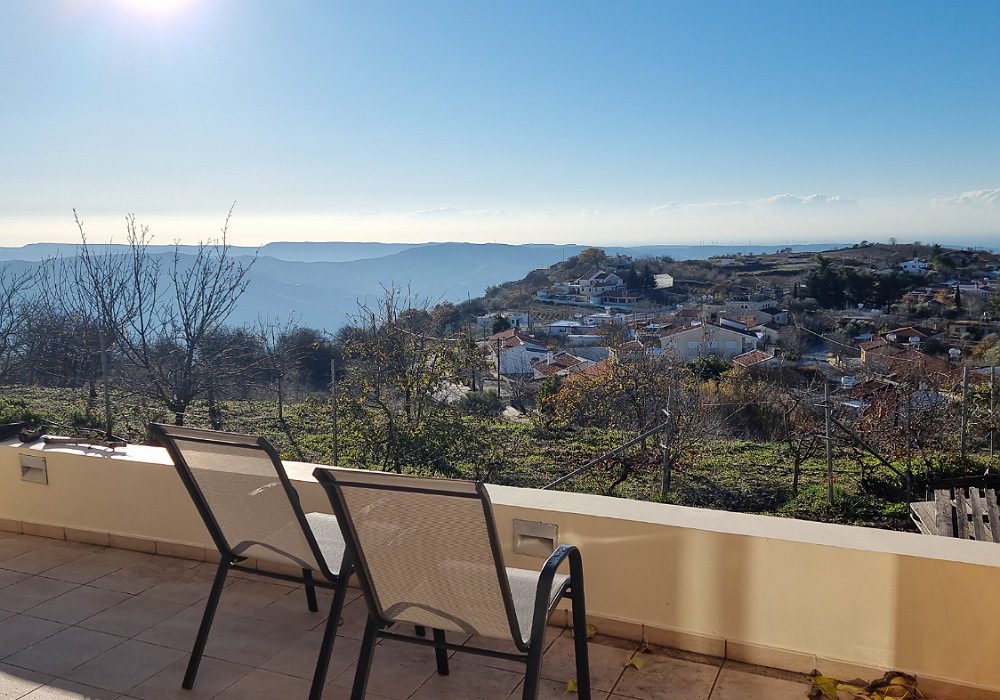
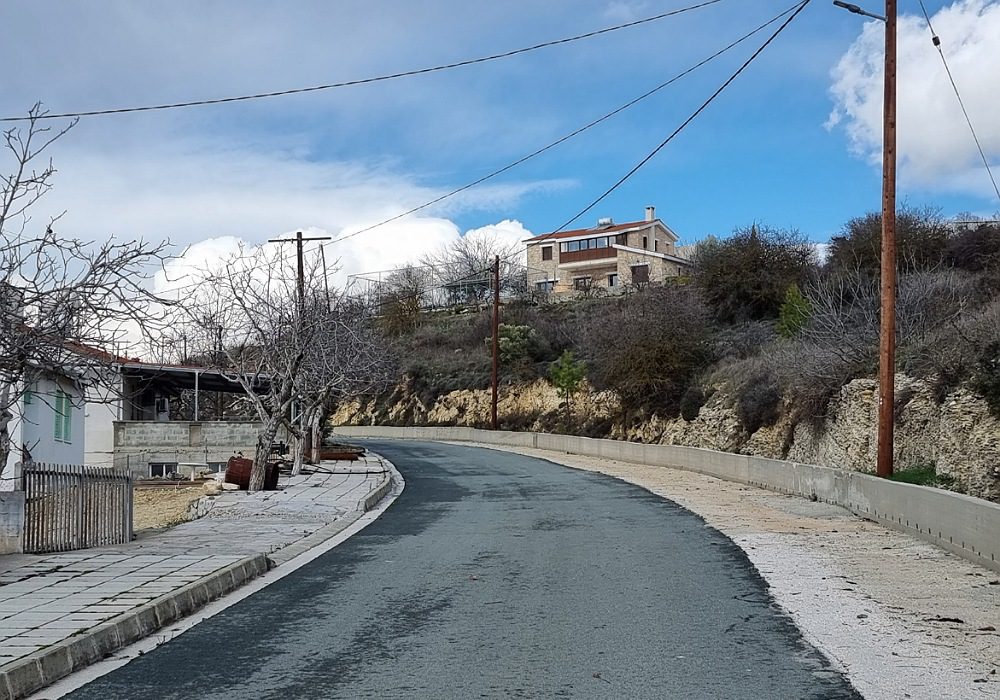
Not that either of us has ever touched a football in our lives, but there was even a mini football pitch attached to the villa, built by the owner for their teenage son.
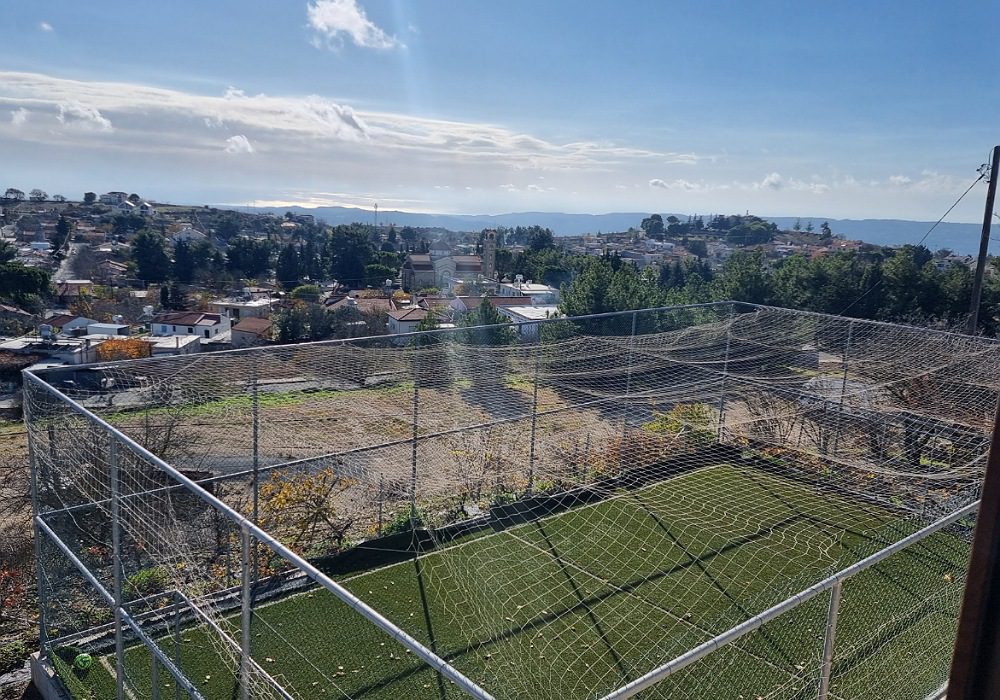
The villa definitely had the wow factor!
The Pets
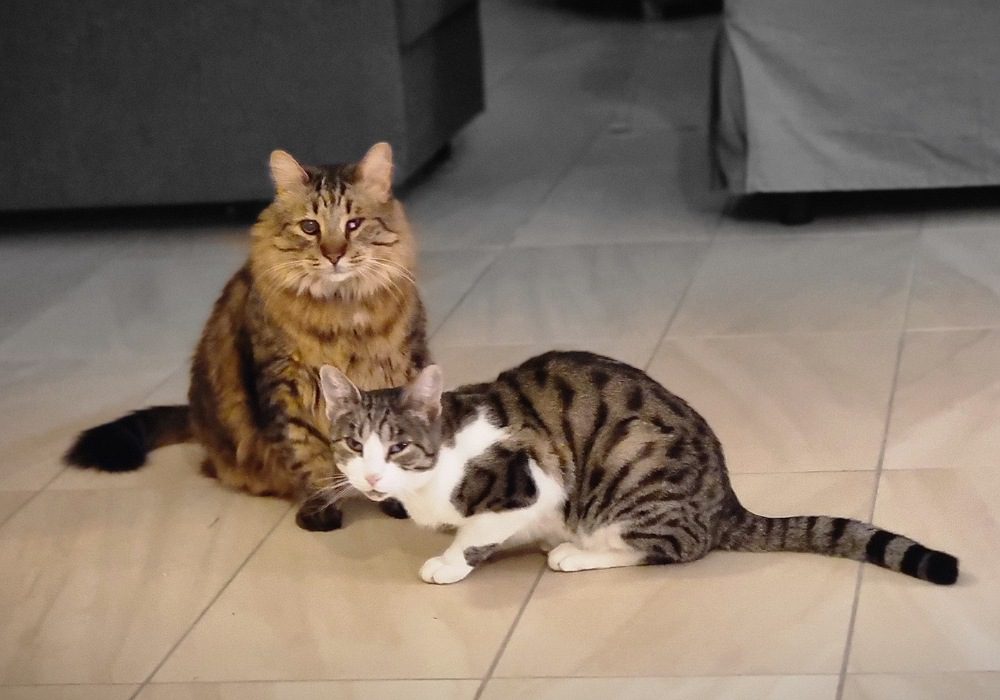
In our care this time were two, very easy to care for cats, Glyfado and Pablo.
Both cats are rescue cats. Glyfado from the streets of Greece, and Pablo from a shelter in Romania.
The two couldn’t be more different.
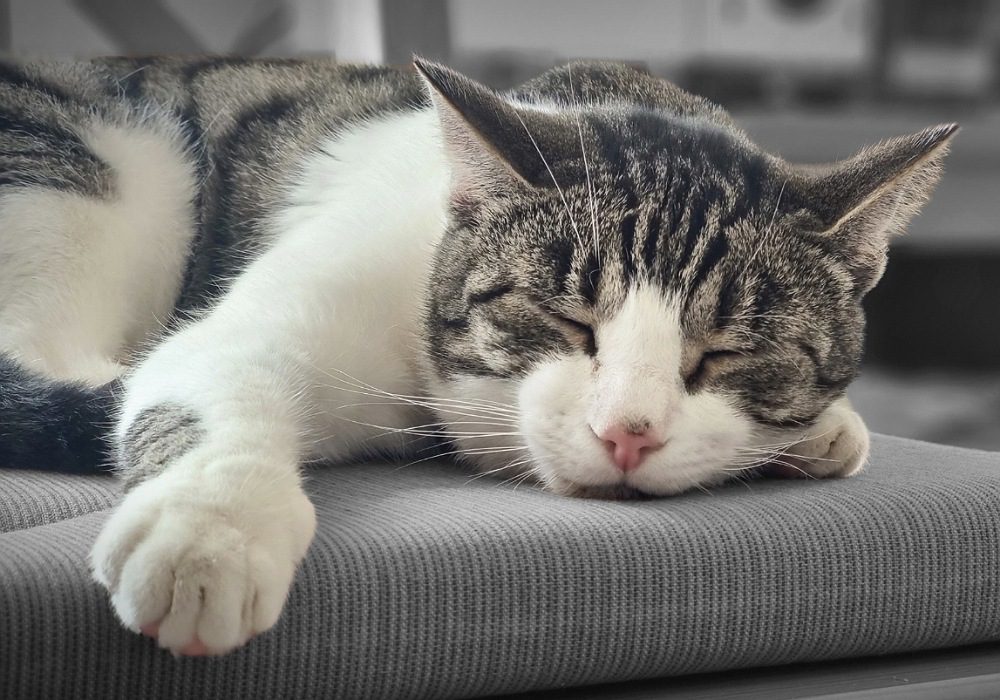
Pablo was slim, short haired and disappeared into the countryside all day to play and hunt. He treated us to a couple of mice (no big deal), and a couple of rats (big deal!!) during our stay. Thankfully, all dead!
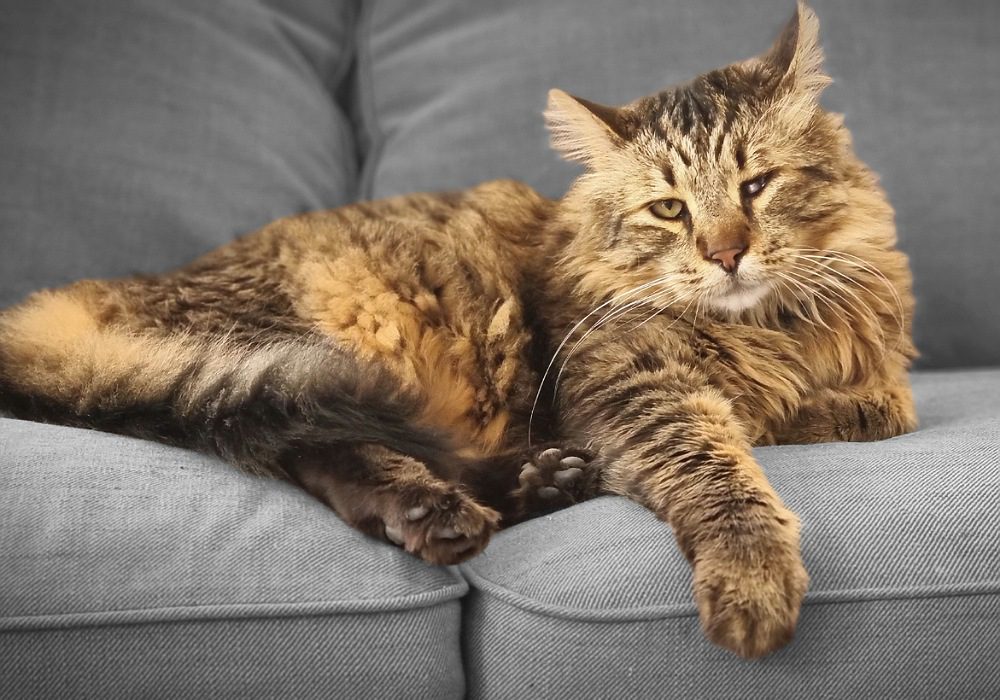
Glyfado was a big, fluffy, long long-haired cat. He only had one eye due to an infection from his street days but it didn’t bother him at all.
He was a home lover and spent almost all his time indoors. When he did venture outside, he was never away for more than half an hour.
Considering how different they were, it was good to see they were also the best of friends. When Pablo was home, they would spend all their time together. Playing, sleeping or washing each other.
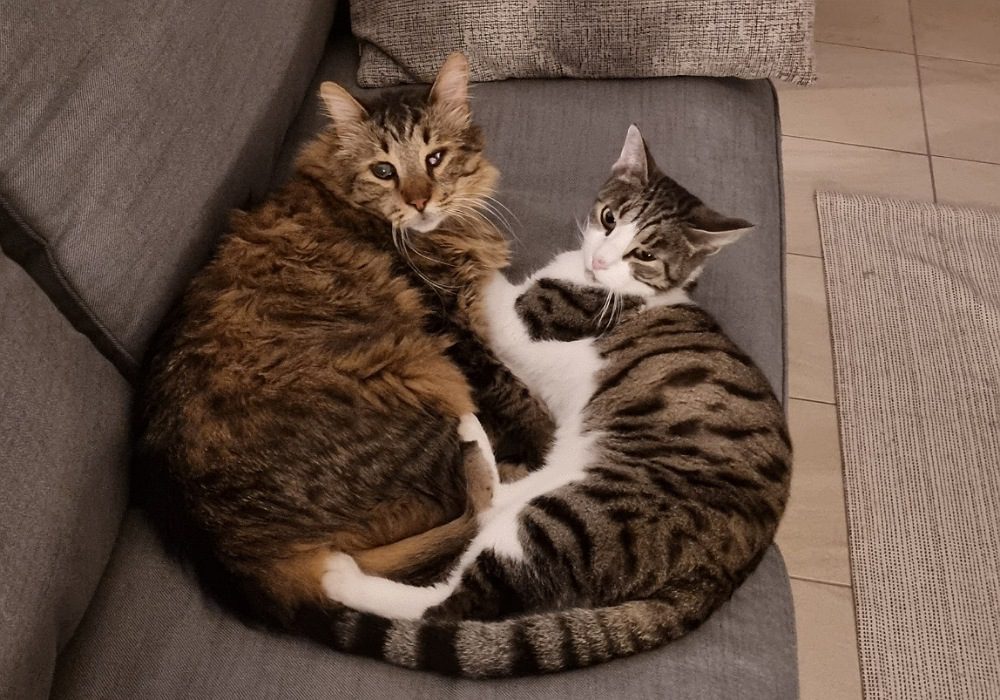
For us, they were both a doddle to look after which gave us plenty of time to explore the area.
Hire Car
The mountain location of our stay meant that a car was essential. Unfortunately, the home hosts here did not offer us the use of their car so we hired one, via the Ryanair website.
I have to say, we were a little nervous about this.
I know many people complain about Ryanair, but we use them often.
We stick to their rules and all has been fine. We have always been happy with their service and price.
When we book our Ryanair flights, we always get options to add a myriad of extras, one of which is car hire.
We have never gone for this option before, but I did a check and they were offering a fiesta-size car, for 25 days, for €280 (£235).
Less than a tenner a day. It’s hard to argue with that!
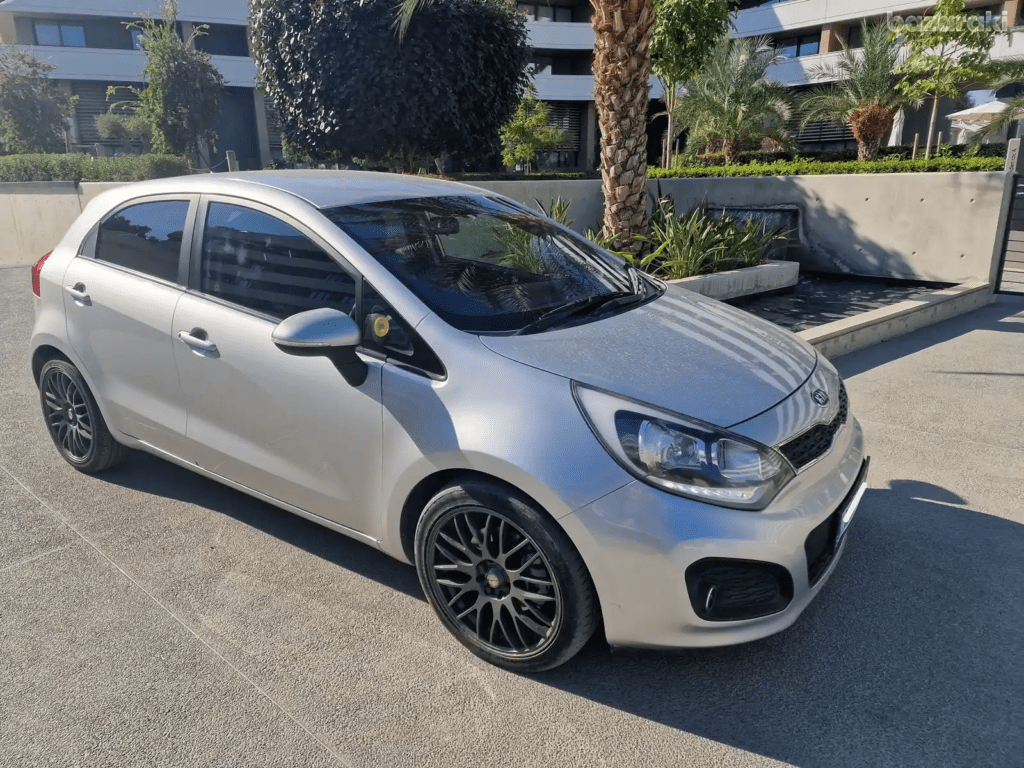
On arrival at the airport, Europcar supplied the car.
They tried to upsell us a bigger car and all-inclusive insurance but we needed neither. The car was plenty big enough for the three of us, and we have an annual all-inclusive driving abroad insurance from cover4rentals. It costs £40 a year, far cheaper than buying from hire car companies at the desk – a top car hire tip for you there!
The car we were given was a Kia Rio, and the service from Europcar when we collected the car, and when we dropped it off at the end of our stay, was great so a thumbs up from us.
We were all set to explore Cyprus. As we had Karyo’s mum with us, this was never going to be a beach month so we used our time mostly visiting the surrounding villages, of which there were plenty to choose from.
Out and About
Pano Panagia
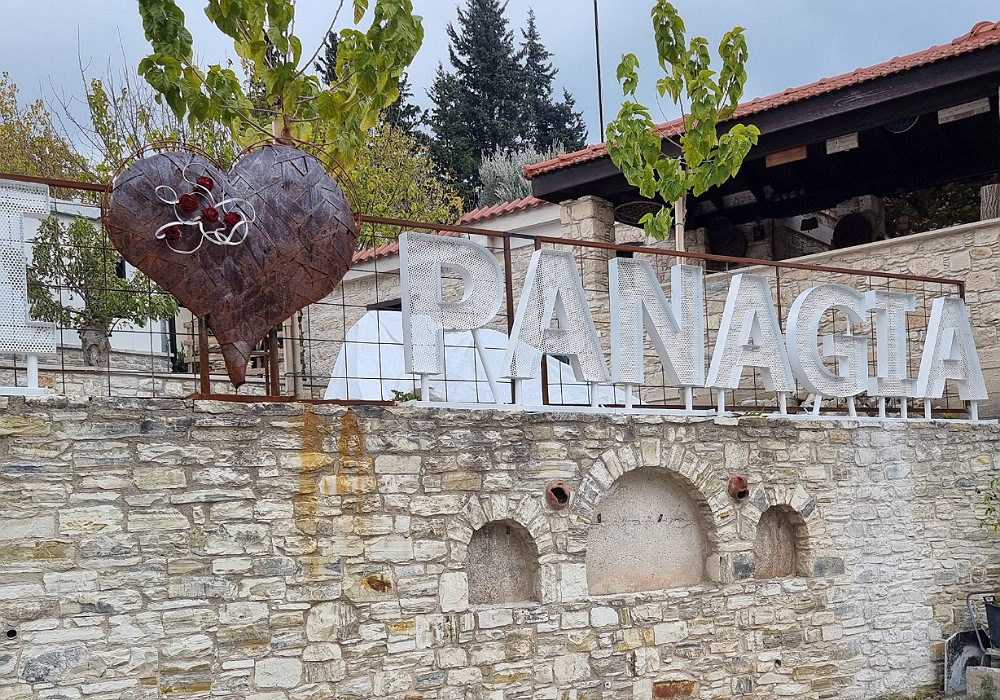
35 km from Paphos is Pano Panagia, a mountain village located 900 meters above sea level.
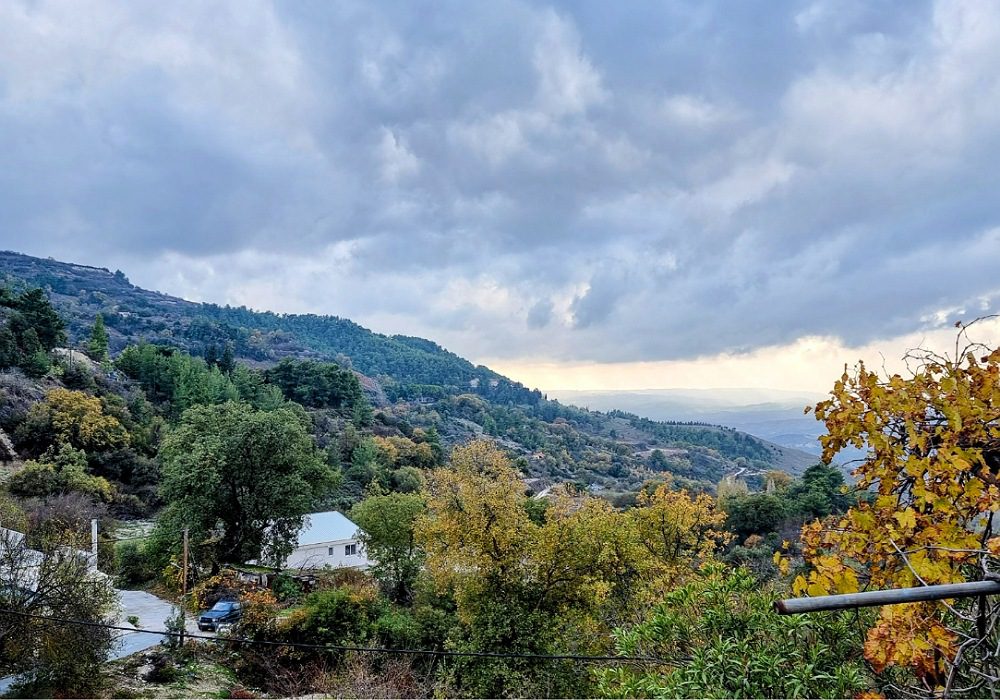
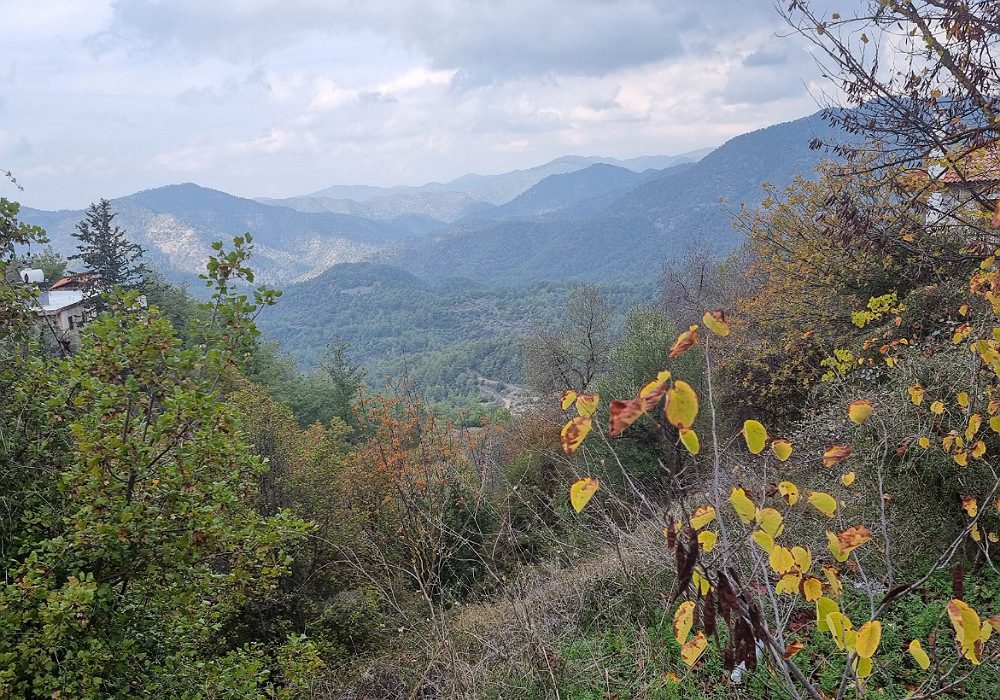
This village is well known as it is the birthplace of Archbishop Marakios III, the late president of Cyprus.
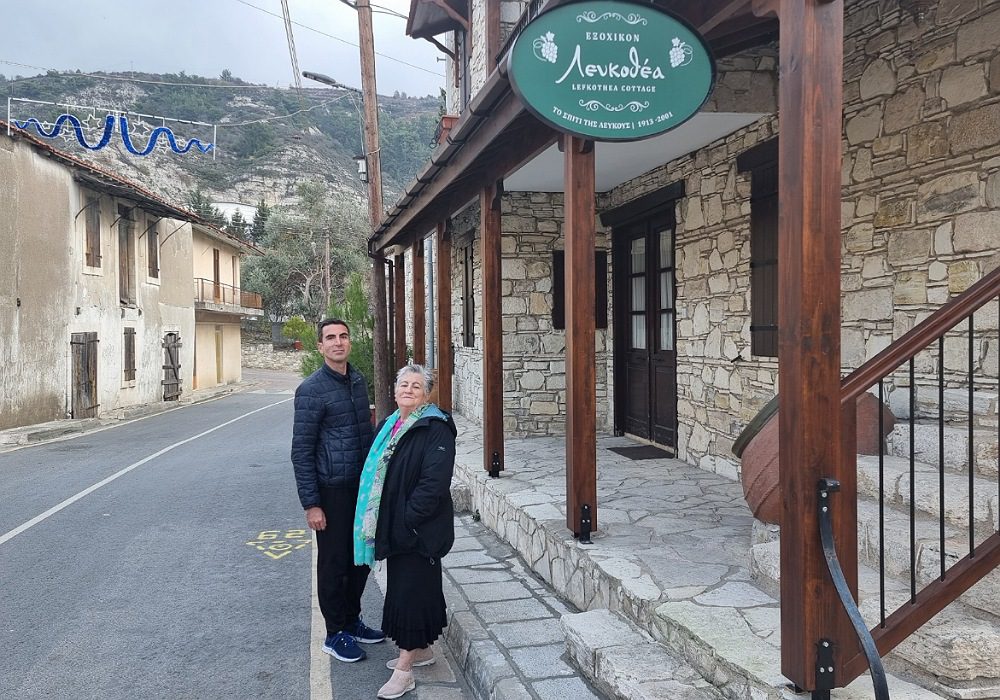
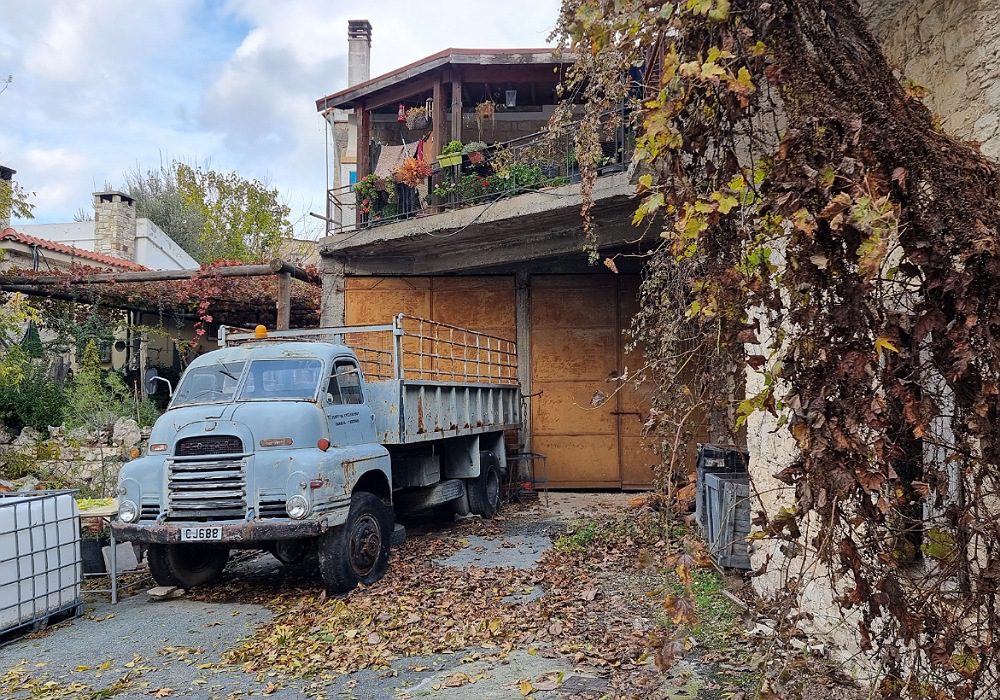
In 1932 the Agios Georgios church was built in the centre of the village but soon after was damaged by a large earthquake.
The government only offered £800 towards the repair costs which was not enough so Archbishop Makarios III paid the shortfall himself.
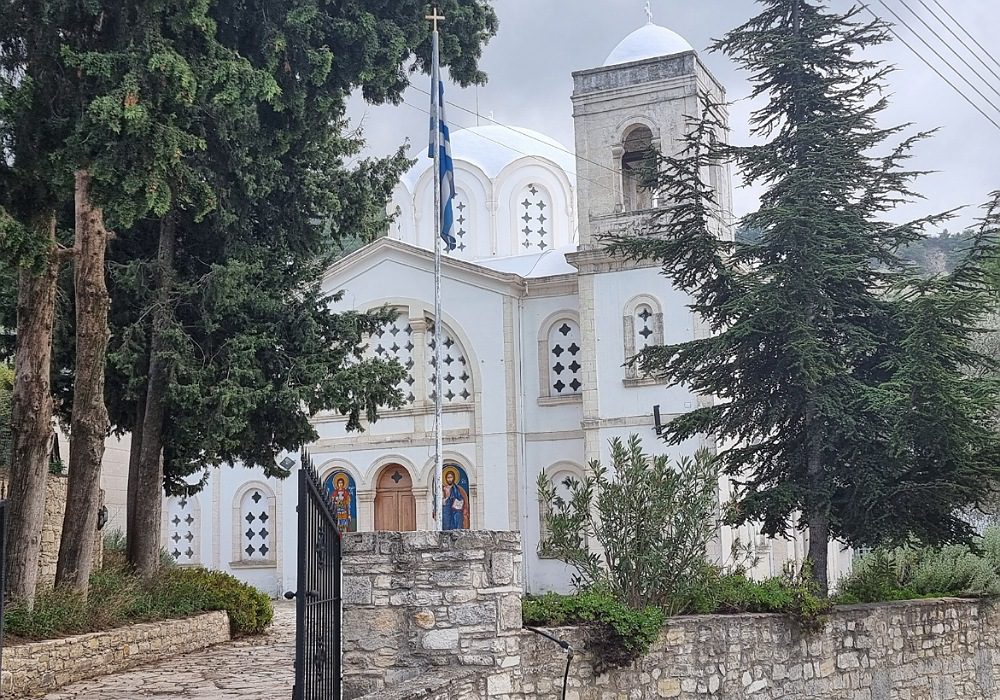
Choulou
On Christmas day, after dinner, we went for a walk to the farming village of Choulou.
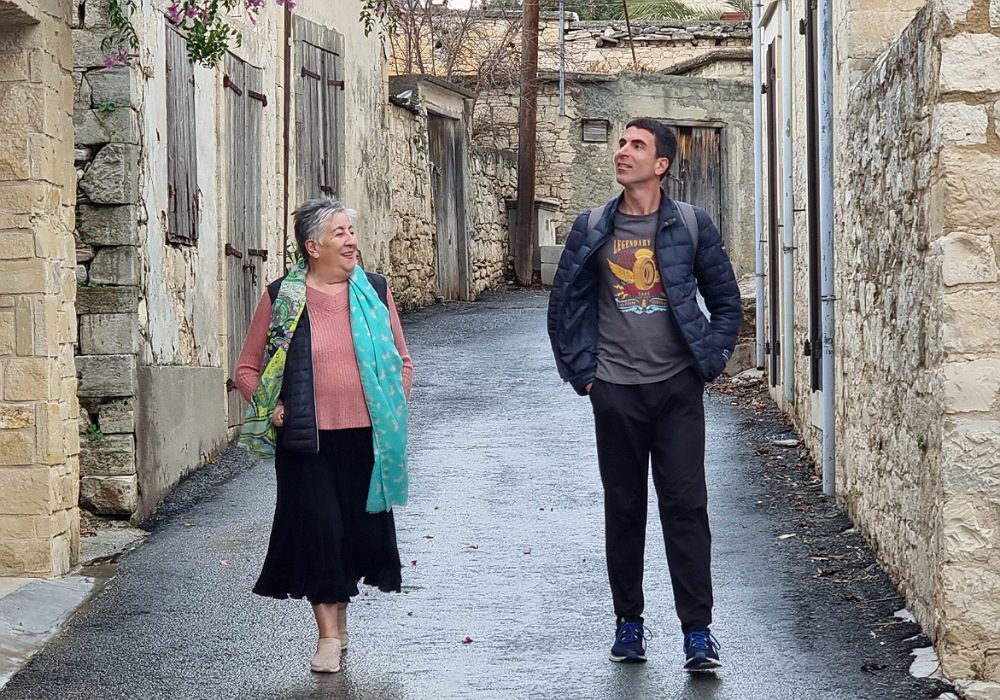
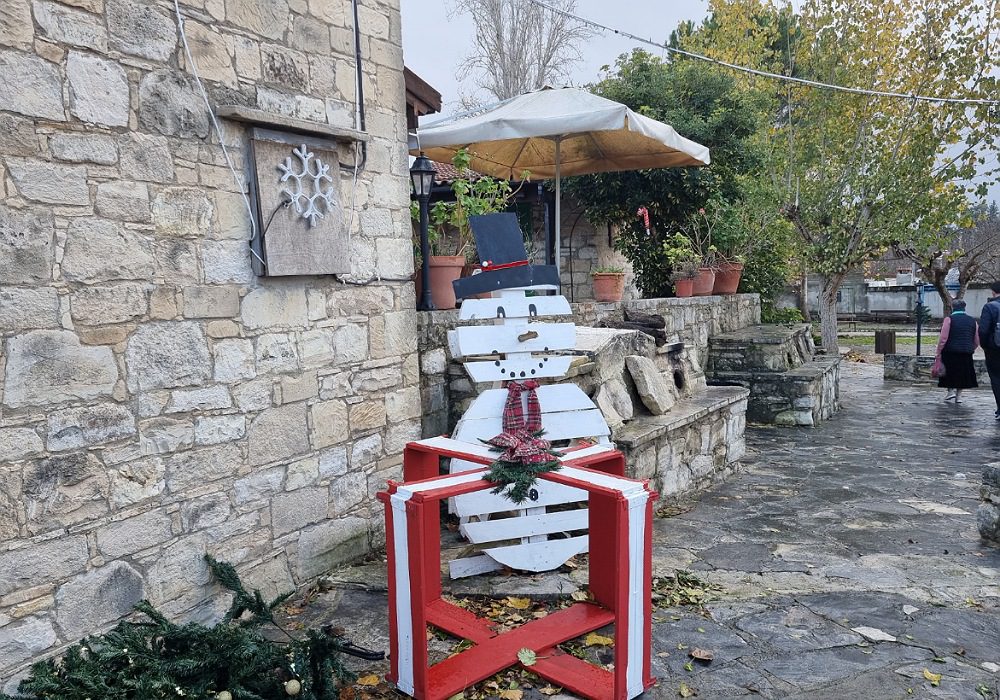
This is a small village of around 150 residents and is quite spread out over the hillsides which made for a bigger walk than we were anticipating!
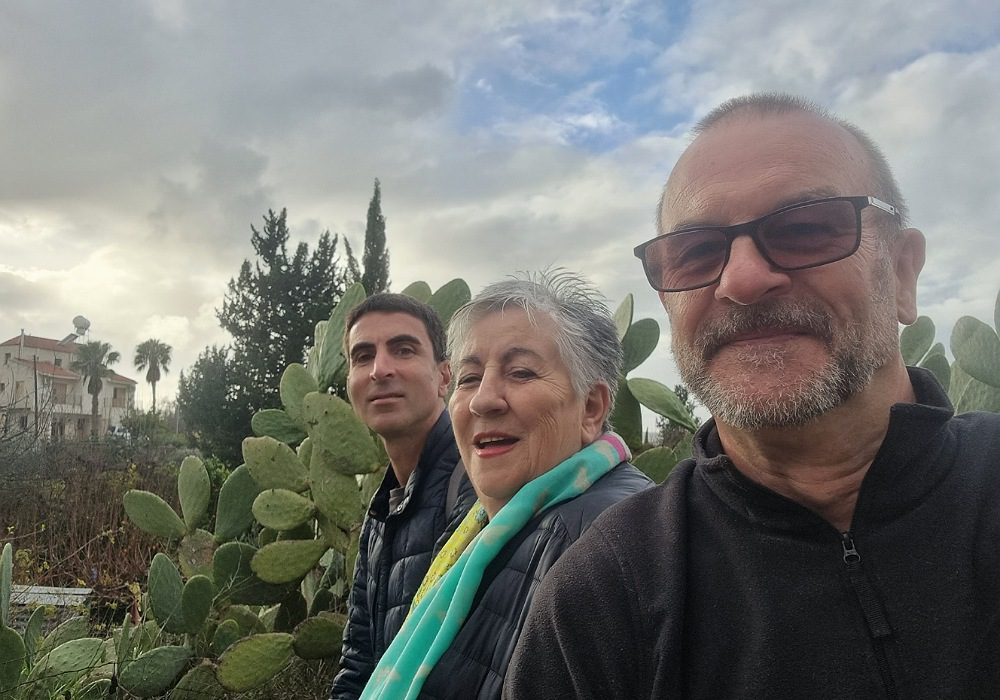
We certainly walked off some of the Christmas Dinner calories here!
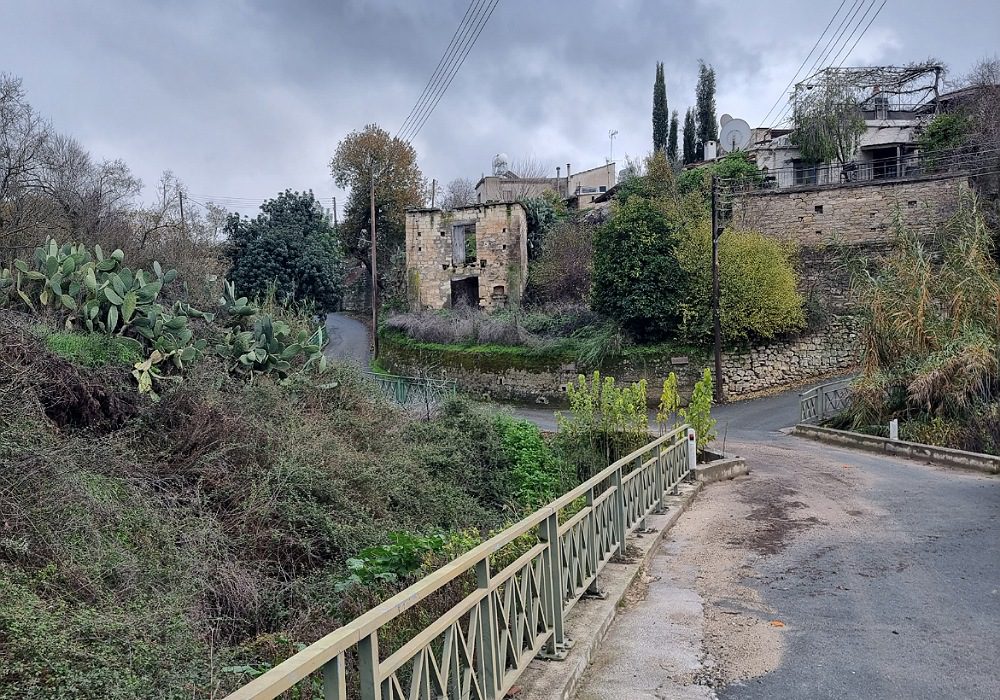
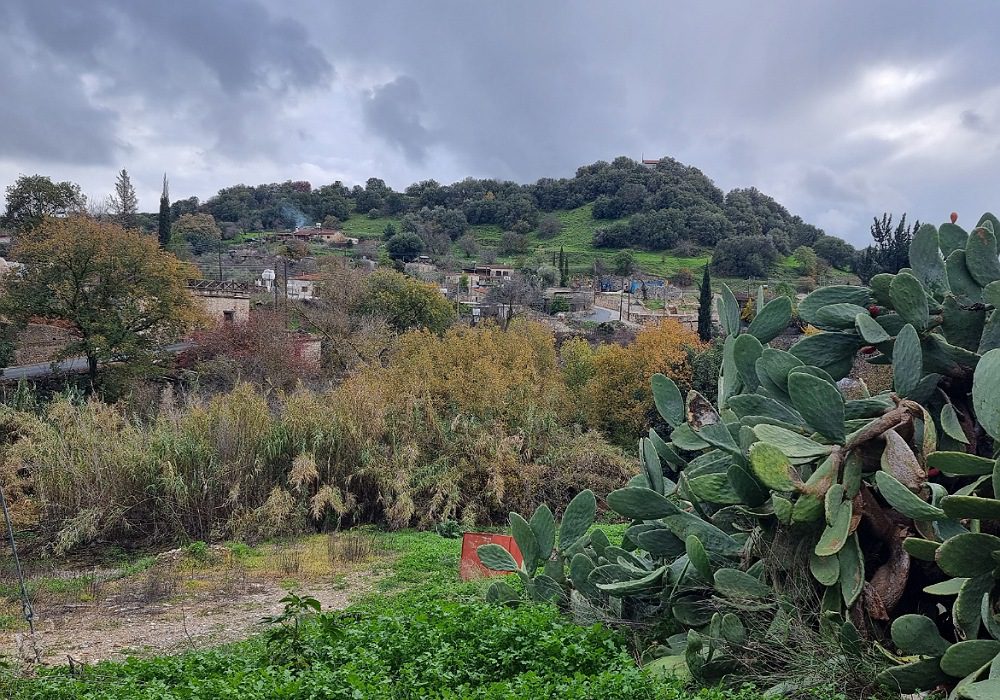
The main focal point of Choulou is the Mosque, situated in the central square.
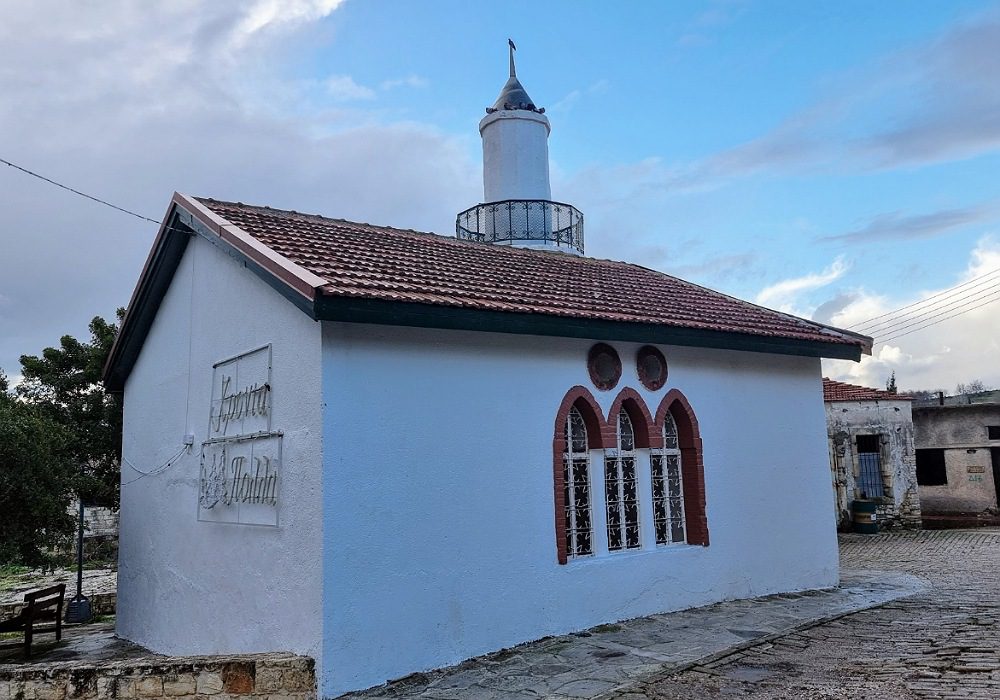
From the square, we could then walk in almost any direction along roads and pathways, enjoying the views and buildings old and new, including the ruins of an 8th-century church.
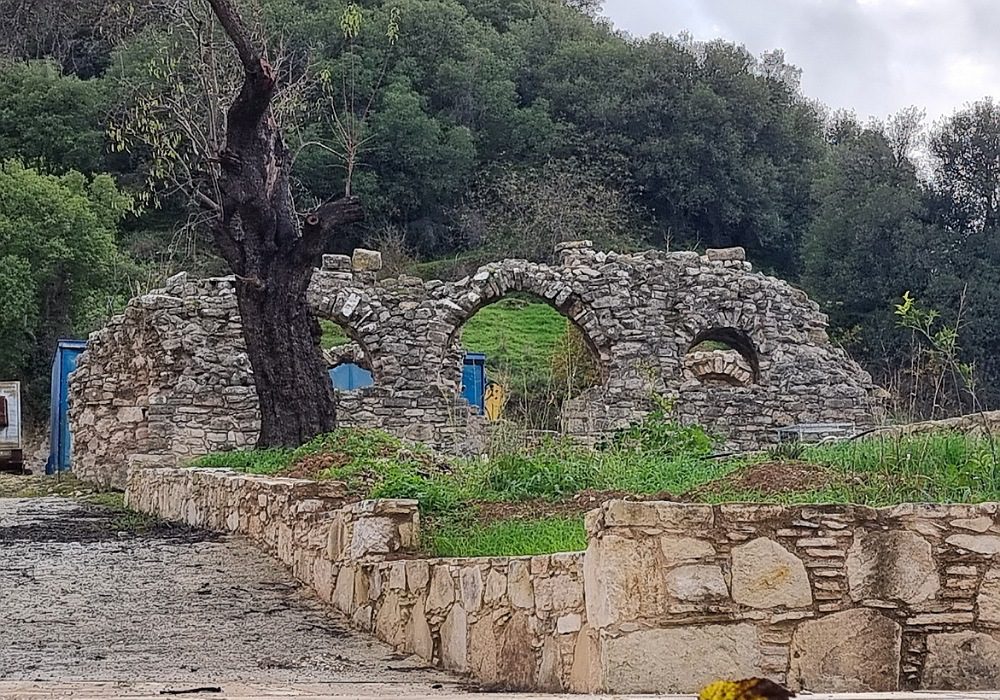
In the village, we also came across a couple of small hotels, a coffee shop, and a café/coffee shop. All closed as it was Christmas day but nevertheless, not bad for a village of this size.
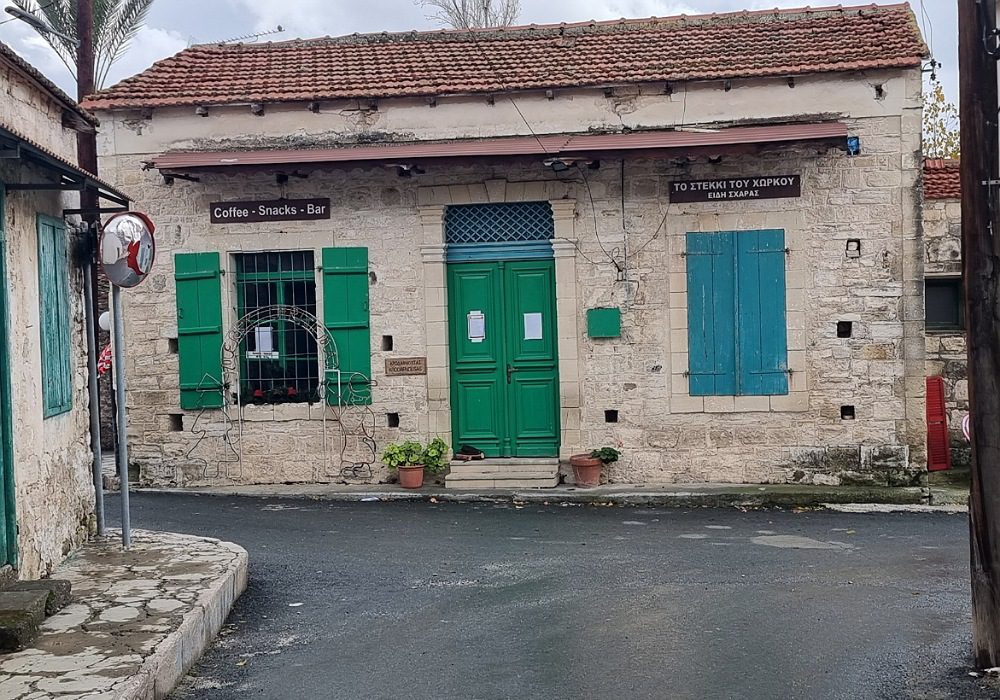
Mandria
At 540 metres long, the longest mural in Cyprus lead us to the village of Mandria
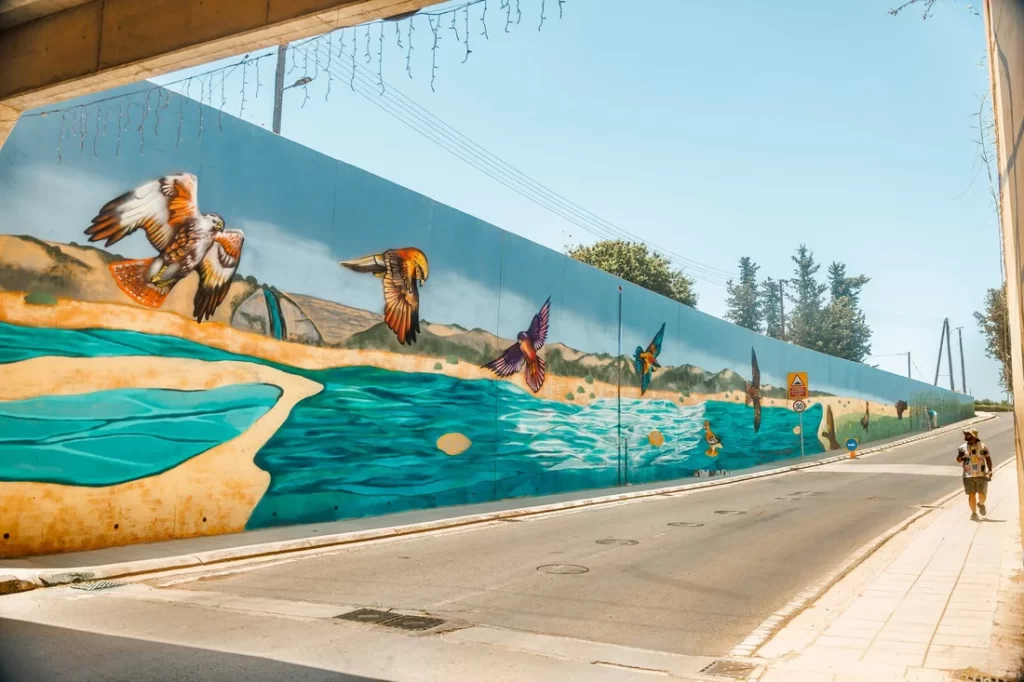
This village. founded approximately 500 years ago by Turkish Cypriots has a turbulent past.
Until the late 1950s, the Greek Cypriots and Turkish Cypriots lived happily as neighbours in Mandria but racial tensions in the early 1960s forced all the Greek Cypriots to abandon their homes and leave the village.
For the next 15 years, the village was occupied only by Turkish Cypriots.
However, when Türkiye invaded Cyprus in 1974 the tables turned and all the Turkish Cypriots moved north.
The Greek Cypriot refugees then started to move back to Mandria village to rebuild their lives here.
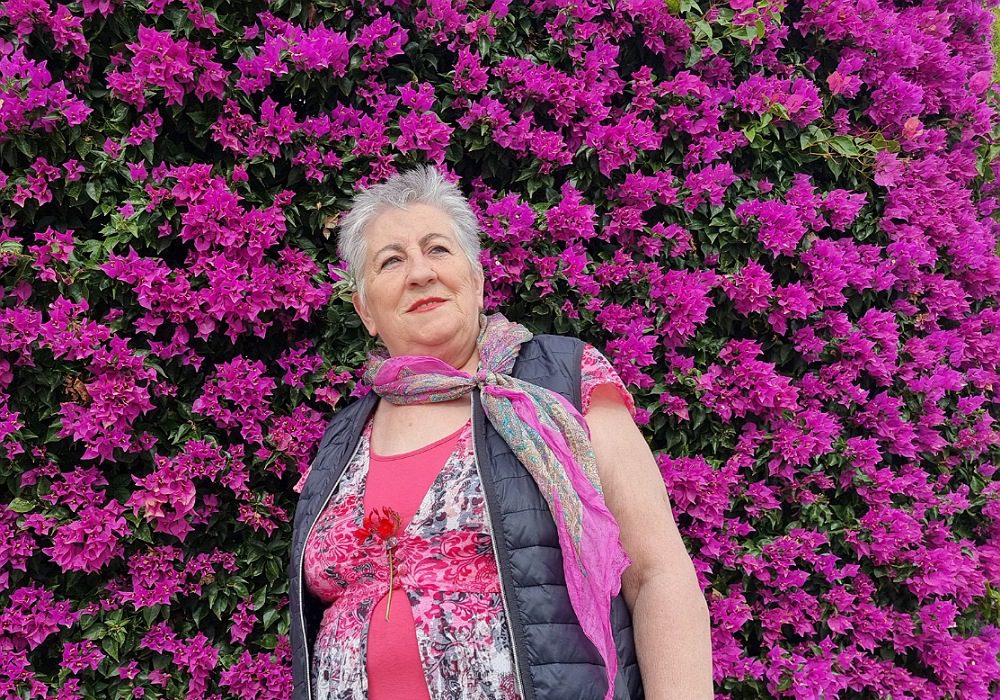
This was one of our favourite villages to visit. Mainly because of the vast amount of orange and lemon trees growing here.
There were so many that they were dropping their fruit before it could be picked. Horrified by this wastage, and I can’t lie, to save a few euro, we never left Mandria without a bag full of freebie fruit 🍋🍊🍋🍊
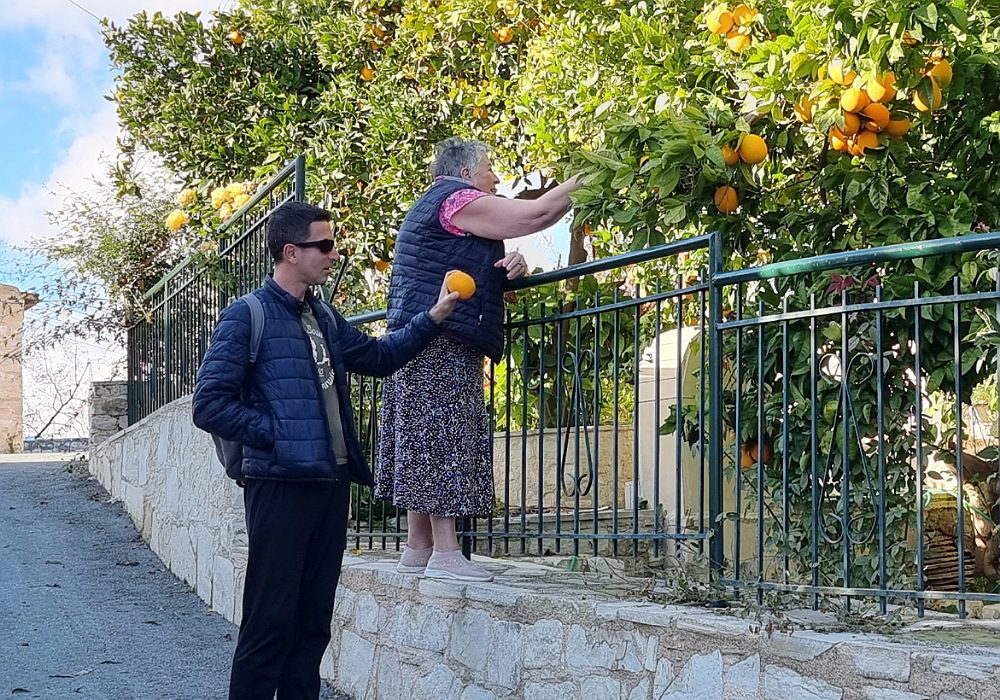
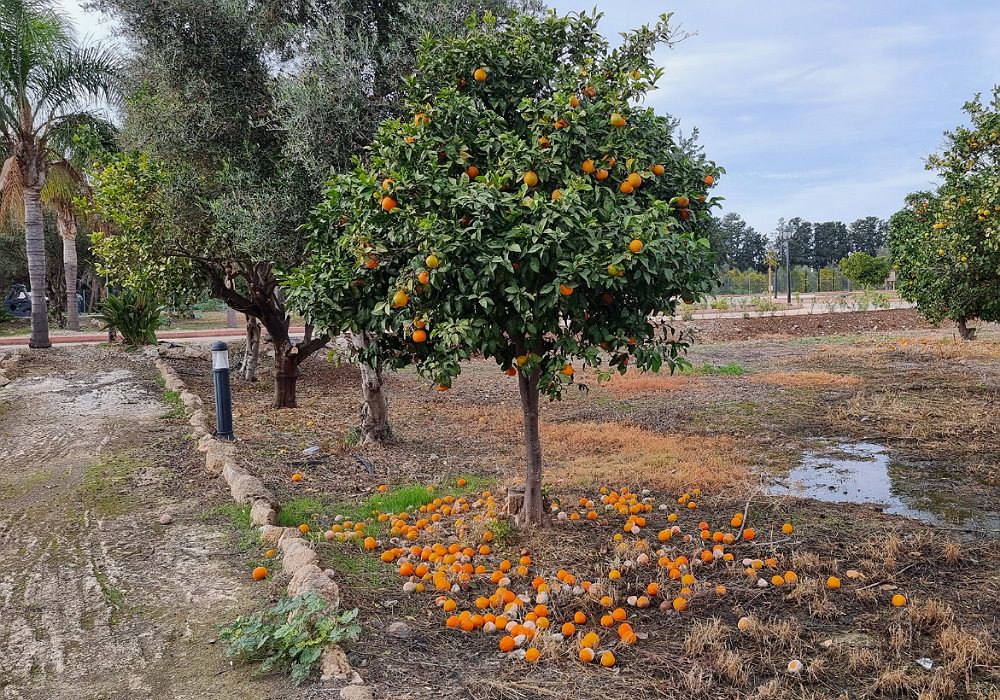
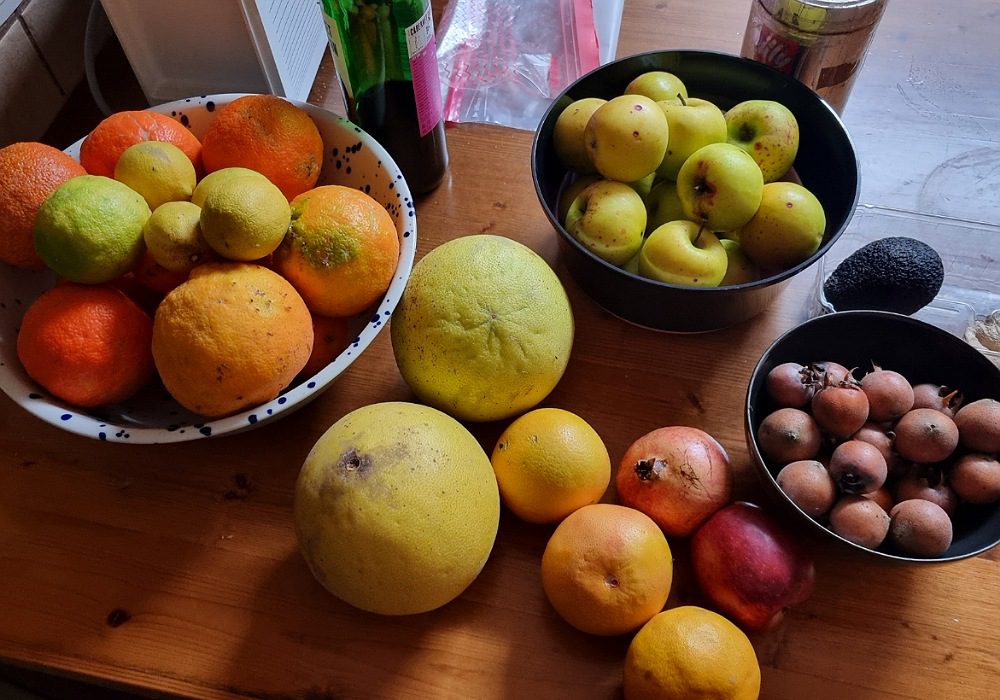
As well as the abundance of free fruit, Mandria is a coastal village so has a beach on its doorstep.
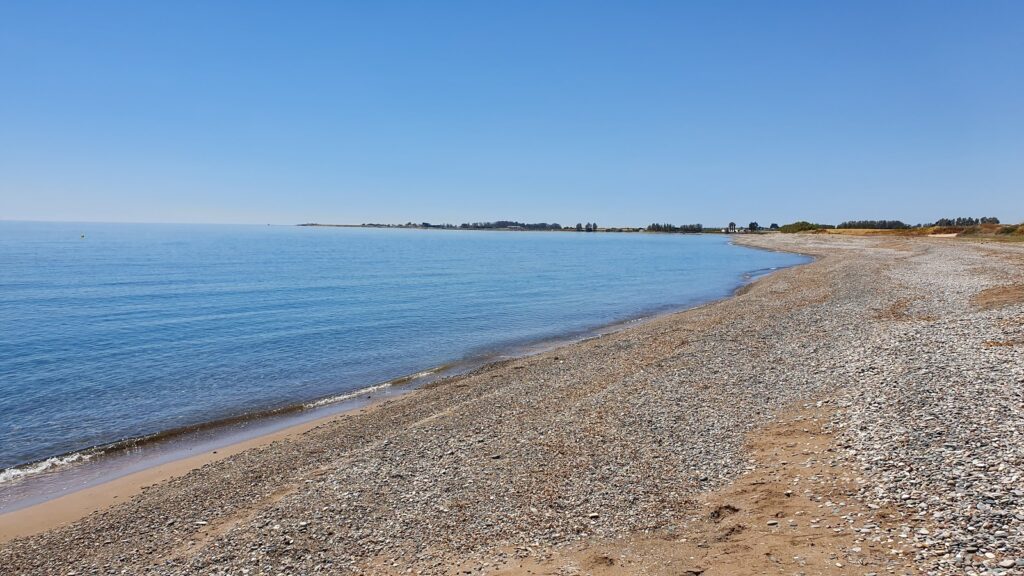
I’m told this beach is new and generally unknown by the throngs of tourists who visit Paphos during the peak summer months so the few extra kilometres to get here are well worth the effort.
Amargeti
One of the prettiest villages we visited was Amargeti. It is located approximately 400 meters above sea level with views over the Ezousa valley.
The village is well preserved with very few abandoned buildings compared to most villages we visited
The Byzantine church of Zoodochos Pigi is the main church of Amargeti . It was originally built in the late 19th century on the foundations of an older church but was damaged by a strong earthquake in 1953. Restoration work was carried out and the church we see today was reopened in 1956.
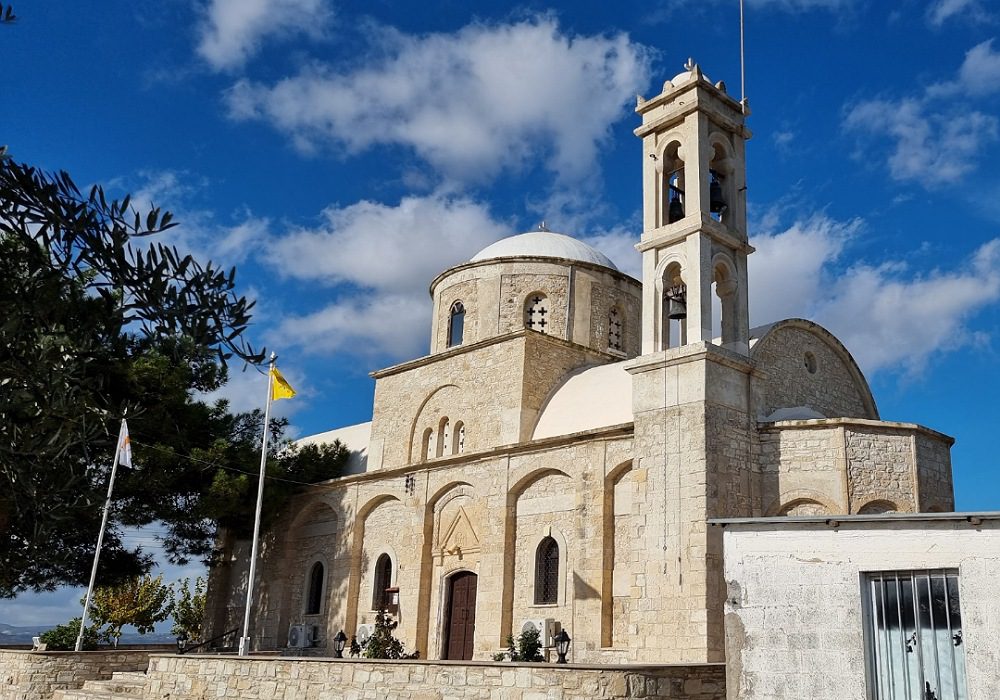
The cobbled roads and narrow streets, lined with stone-built buildings give it an almost ‘film set’ look.
Although quiet when we visited, I think Amargeti is popular place for tourists during the summer season.
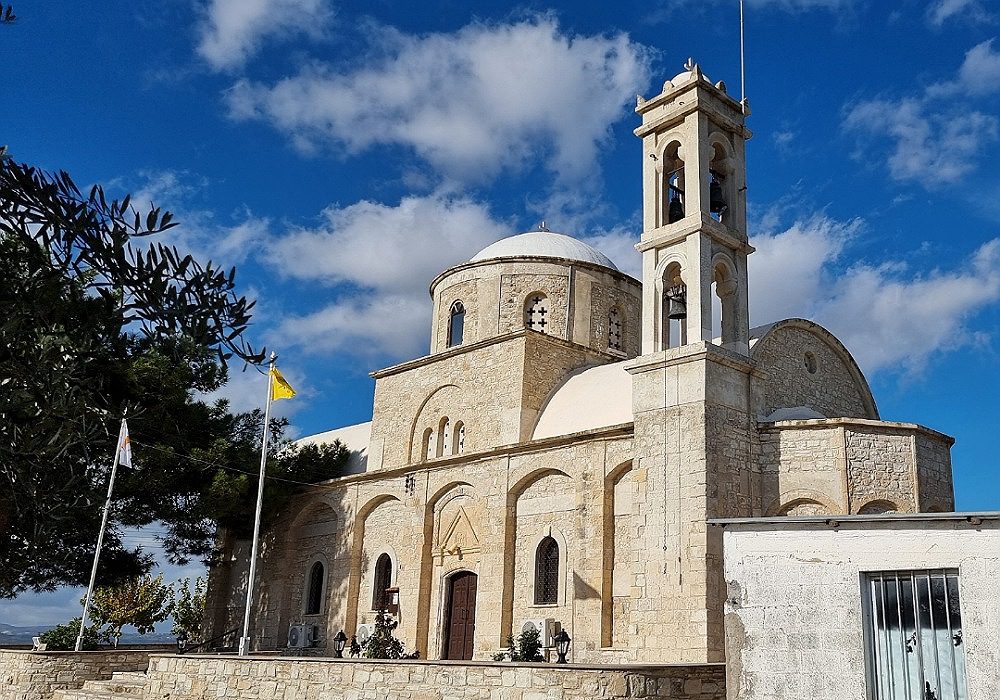
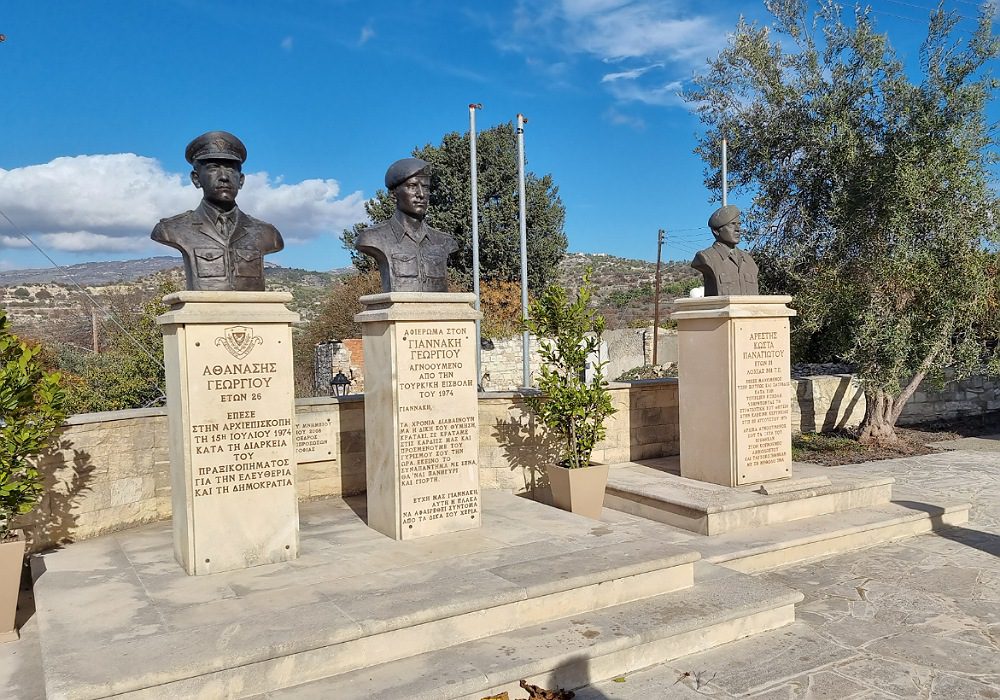
The coffee shop, a monument of local heroes, a winery, churches, a taverna, a museum and amazing views are more than enough to keep anyone busy for a few hours.
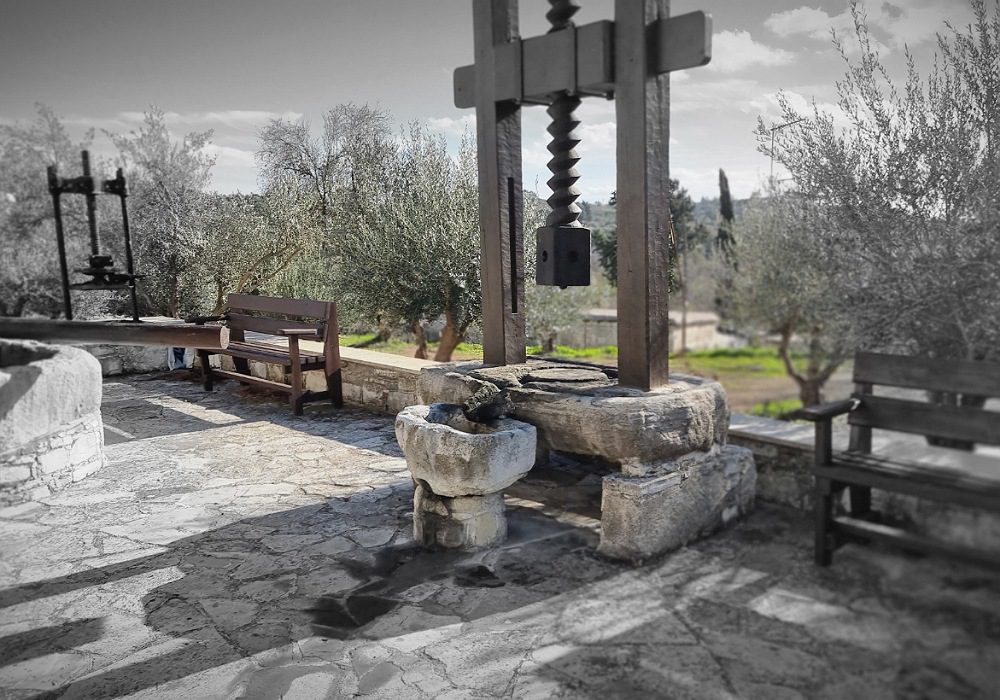
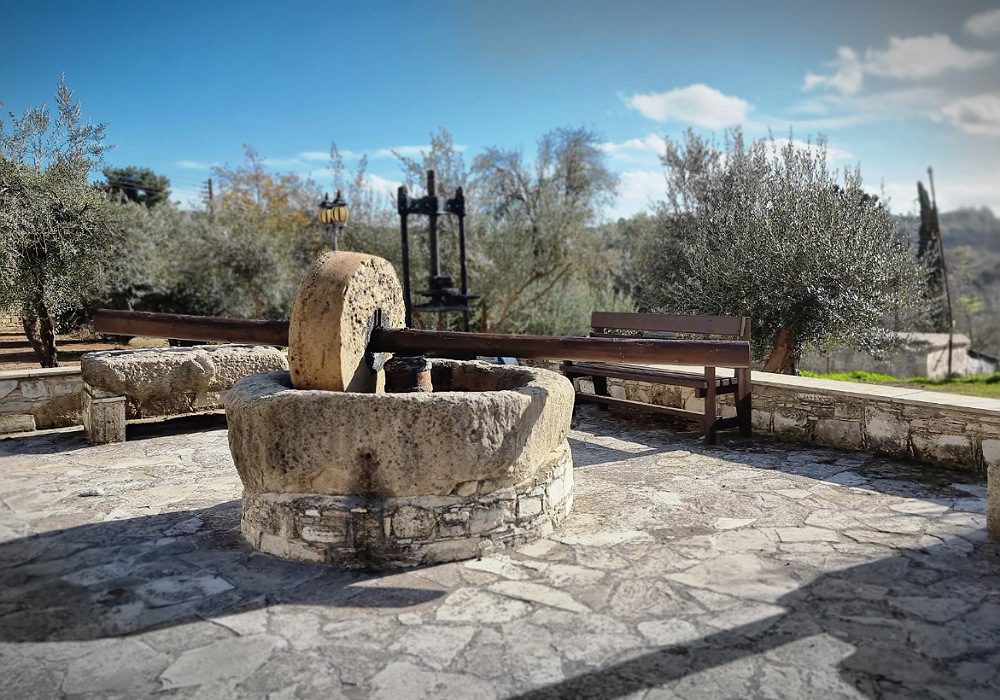
The museum was closed when we went but had exhibits outside in its grounds, of everyday items from years gone by that villagers would use at home and at work during their normal, daily lives.
Timi
Not far from Paphos Airport is. the sleepy village of Timi.
The nearby Timi Beach is great for anyone seeking a quieter beach to relax.
It’s also a popular nesting site for loggerhead turtles.
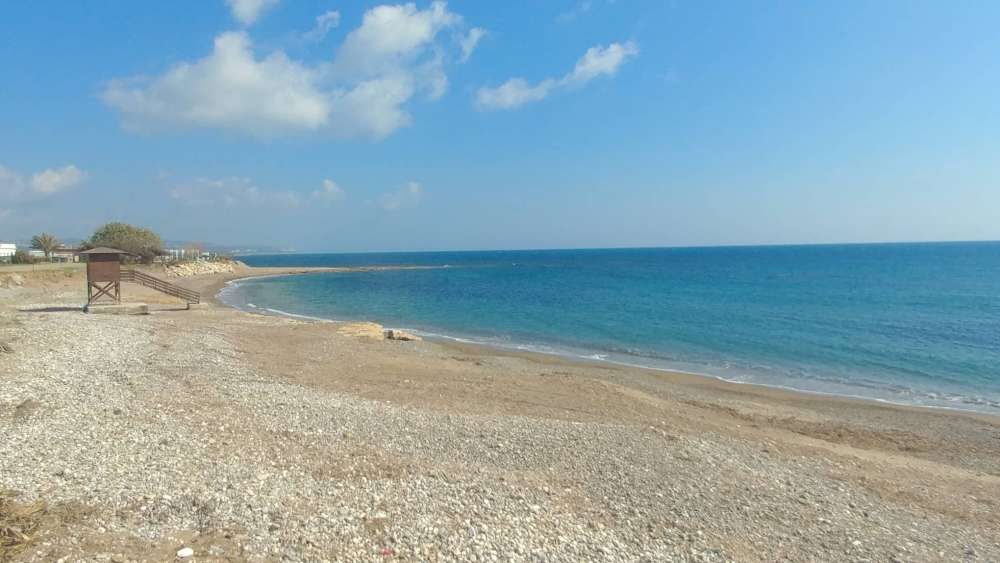
Wandering the streets of Timi gave us the feeling of being in an authentic Cypriot village with nothing altered for the sake of tourists.
The pace here felt slower and very traditional with locals socialising or playing Tavli, a Cypriot version of Backgammon in the tavernas.
However, every Sunday all that changes as Timi is best known for its weekly market.
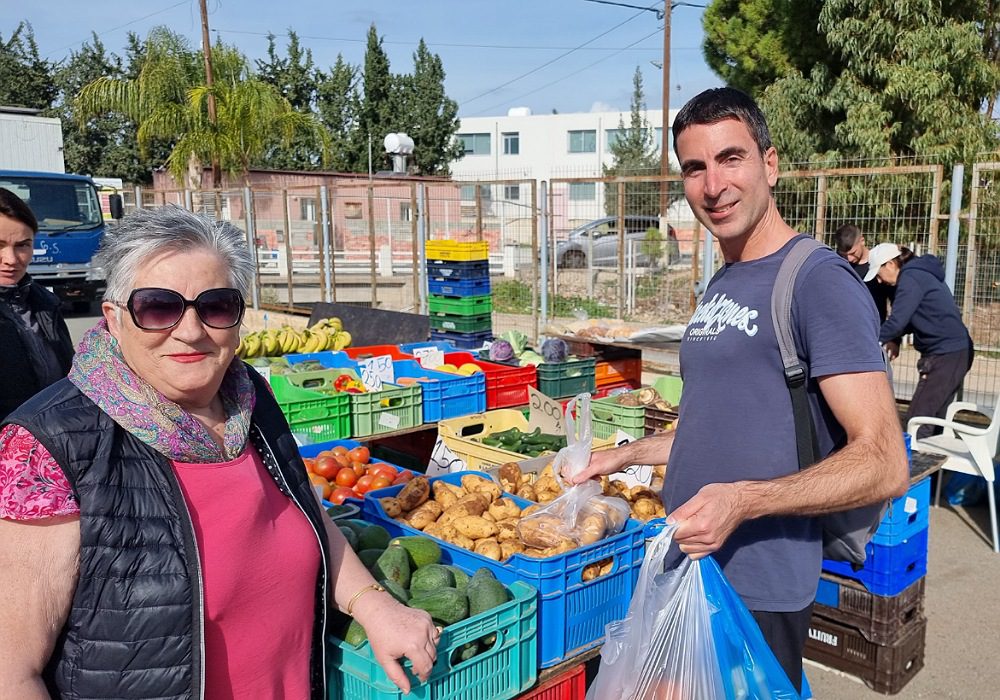
This vibrant event is popular among locals and tourists alike, offering everything from fresh produce and handmade crafts to antiques and local delicacies.
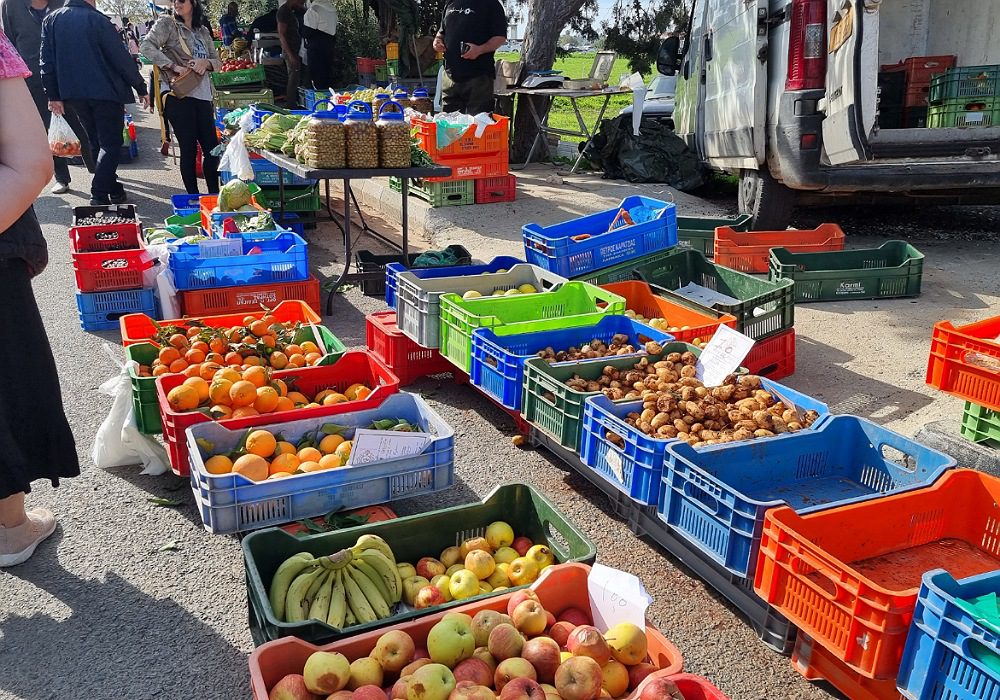
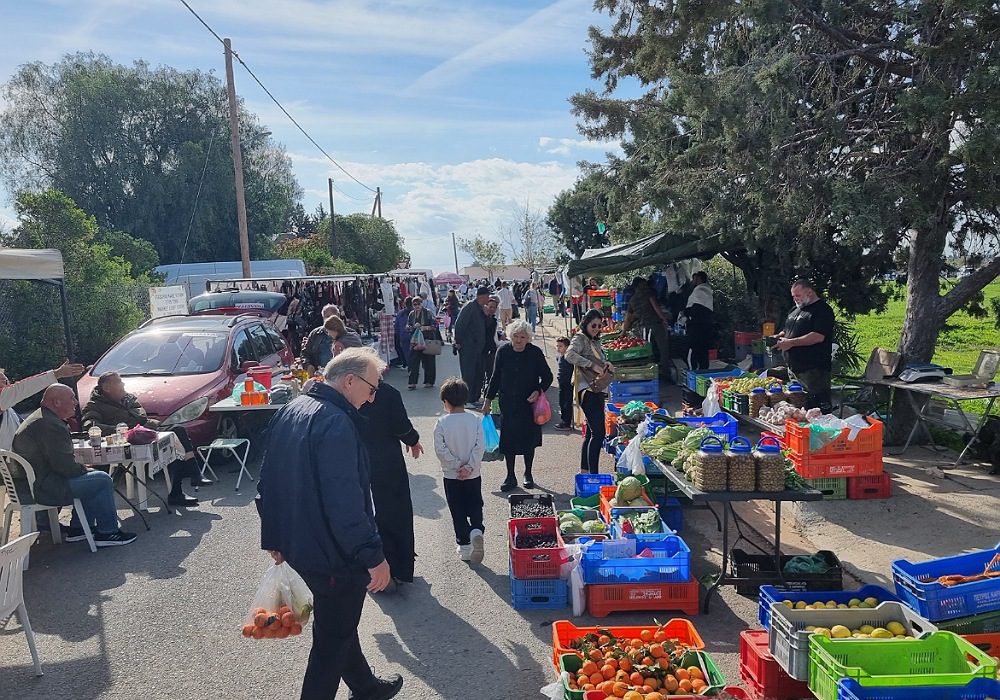
It’s the perfect place to experience the region’s culture while picking up a souvenir to take home or your weekly bargain-priced fruit and veg!
Aphrodite’s Rock
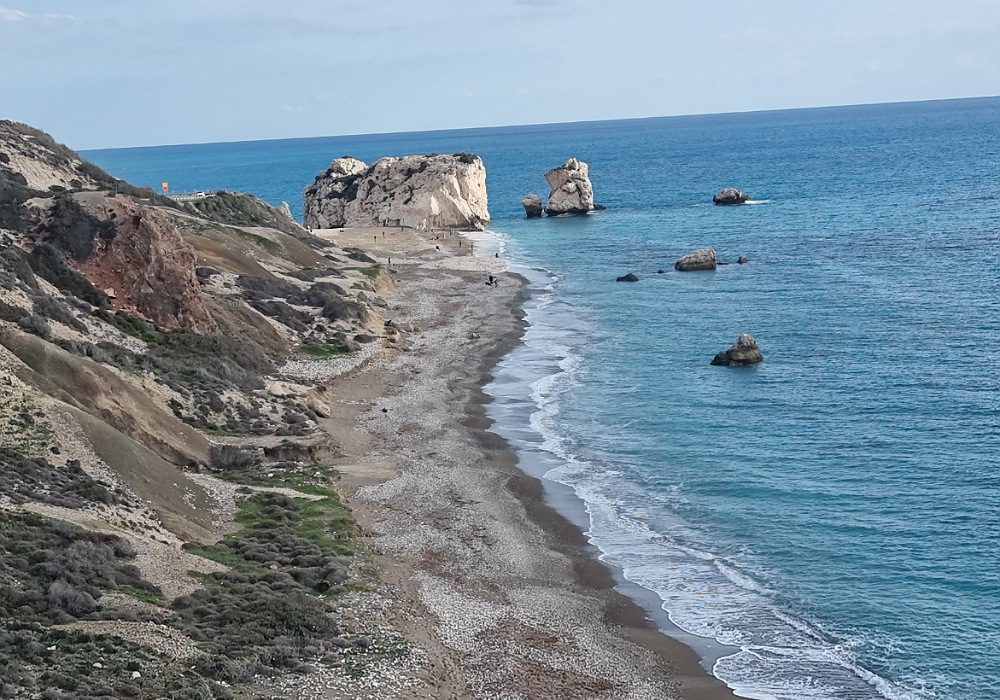
Probably the most famous landmark in Cyprus is Aphrodite’s Rock. It is found on a beach just off the main road leading from Paphos to Limmasol.
For safety, a pedestrian underpass leads to the beach from the kiosk and car park on the other side of the road.
According to legend, this is the birthplace of Aphrodite, the Greek goddess of love and beauty. Legend says it is here where Aphrodite emerged from the foam of the sea, blessing the area with an eternal sense of romance.
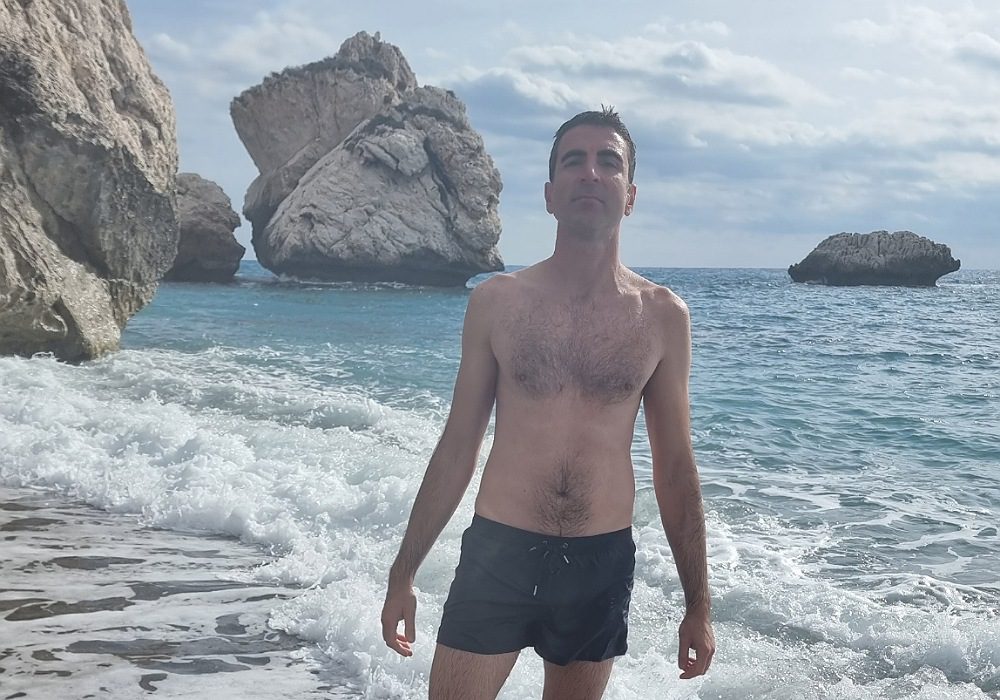
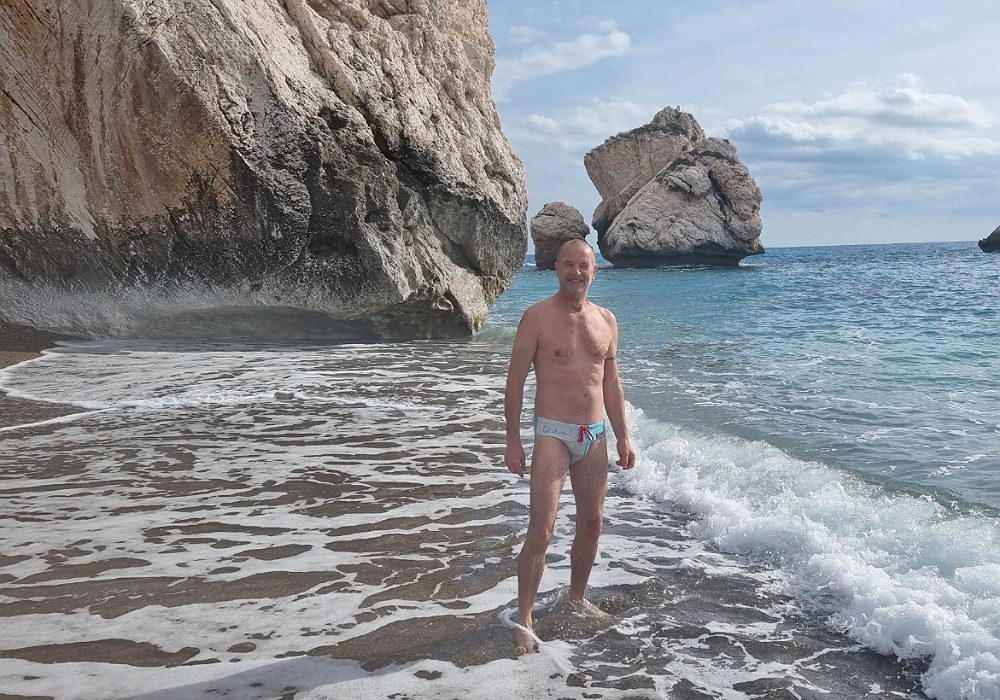
The rock formation rises majestically from the sea, creating a dramatic image that is a magnet for tourists.
The story goes that swimming around the rock brings good luck, love, and eternal youth.
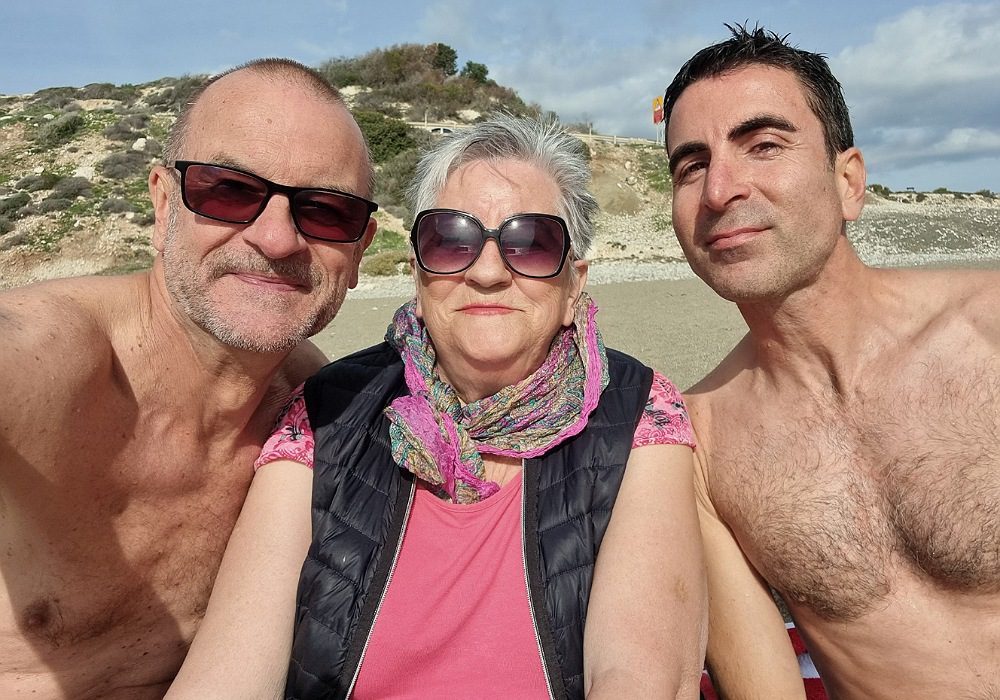
Tempting as eternal youth may be, the sea looked a bit too choppy to risk swimming around the rock. Instead, Karyo and I took a quick dip on the off chance it might knock a couple of years off. Every little helps!
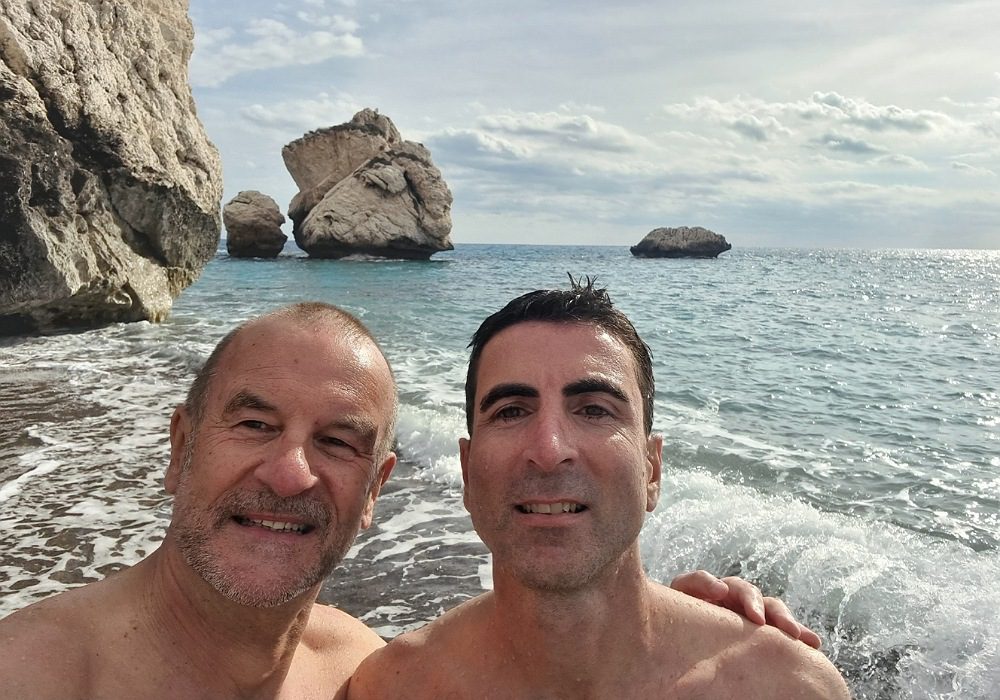
Where Next?
December has been a great month. We have enjoyed our time in Cyprus and have had an invitation to come back to do another house sit in a different area of Paphos starting mid-January!
As we have a couple of weeks before then, we have decided to take Karyo’s mum back home and then we will stay in Greece somewhere (probably Athens) until we are due back in Cyprus.
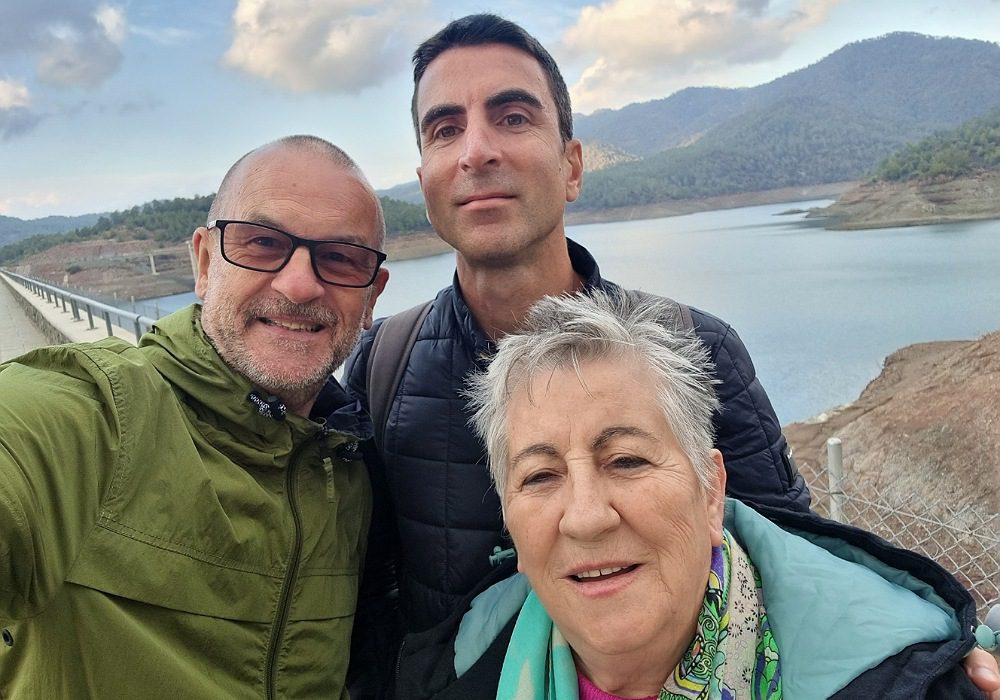
More on that next time, Until then as always thanks for taking the time to read our ramblings.
Hugs, Colin and Karyo x
![]()
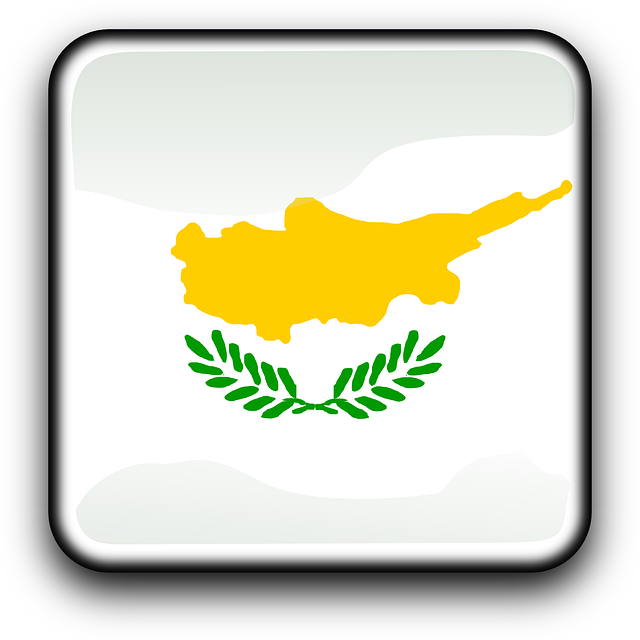
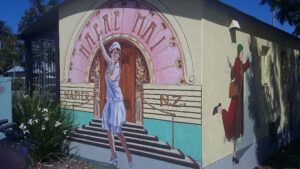

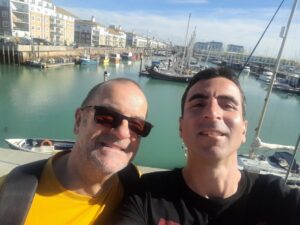
Great read
Thanks Maureen x